Last updated on March 28, 2024
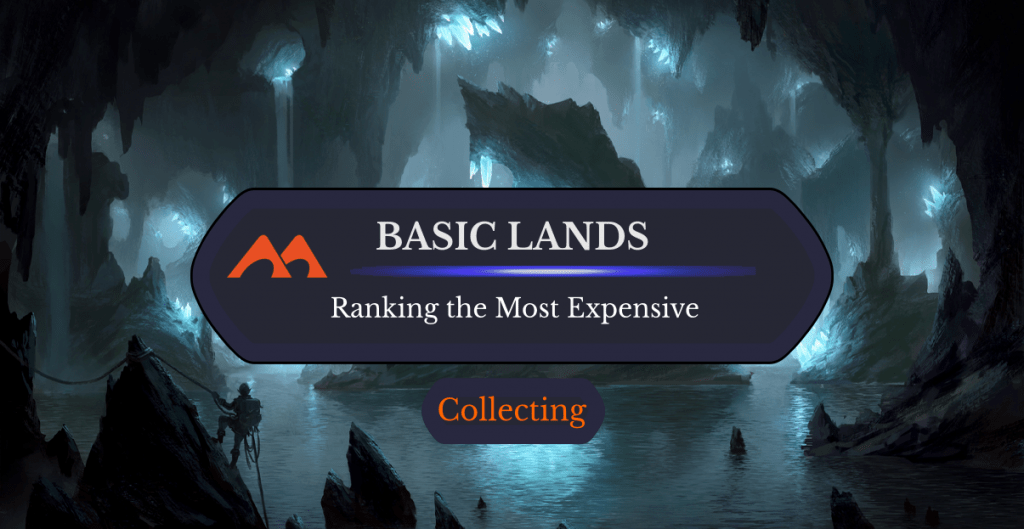
Island | Illustration by Piotr Dura
Basic land cards are some of the easiest to come by in Magic: the Gathering. Nearly every pack includes a basic land of some kind, and any player who’s purchased an intro box in the past 10 years has more lands than they know what to do with. After nearly 20 years playing this game, I have close to 5000 just sitting in a cardboard box under my desk right now. And that was after I purged an entire box of them.
While it’s true the majority of basics are nearly worthless due to their pervasiveness, a handful of basic lands have made their mark on Magic’s economy by virtue of being very rare, and very expensive. But what are these expensive basics? Where did they come from? Let’s take a look at the most expensive basic lands.
What Are The Most Expensive Basic Lands in MTG?
Most basic lands settle at around $0.01 for the traditional print and maybe up to $0.25 for a variant print. The lands on this list blow that out of the water, with prices ranging from $5 all the way up to the hundreds.
For our ranking, we’re taking the card’s highest market price into consideration. I’ve also consolidated the basics into groups by printing so we aren’t hopping back and forth between printings every other card (the Island card in many rare basic land cycles seems to cost more on average than the others, I wonder why). There may be a wide disparity between the most expensive and least expensive card in a given cycle, so we’ll take the entire set into consideration when ranking the most expensive basics.
#10. Un-set Lands

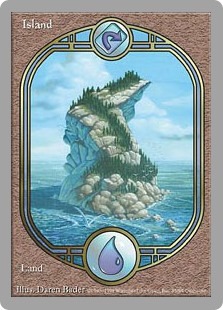
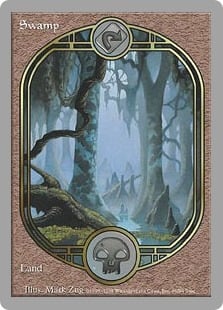
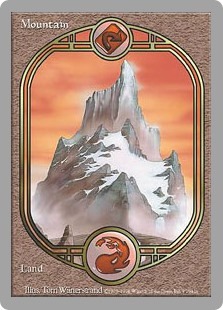
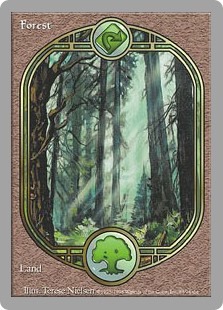
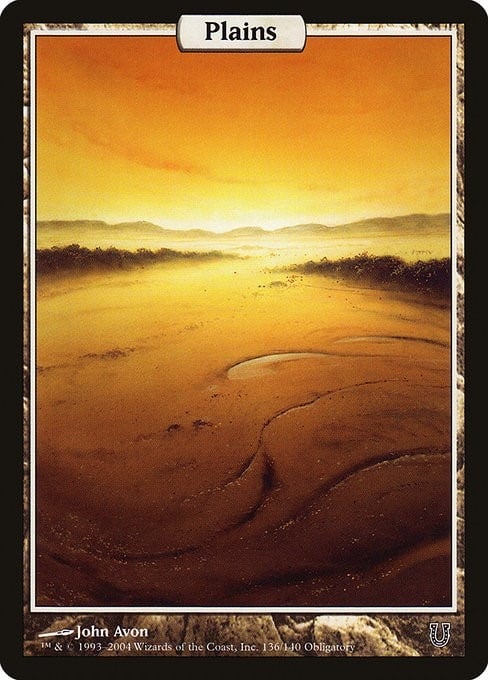
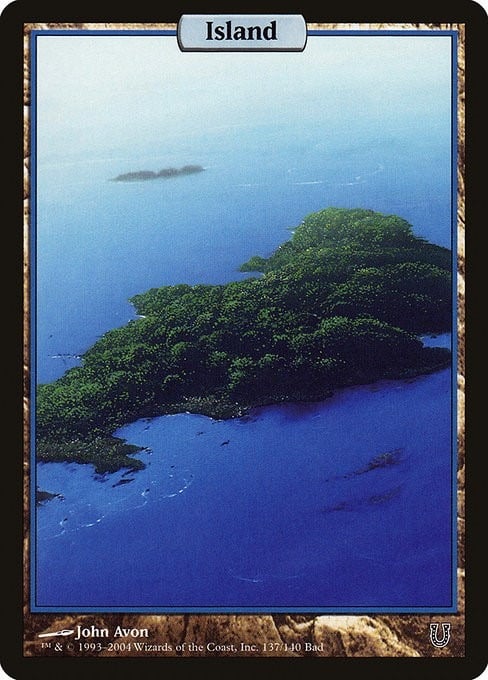
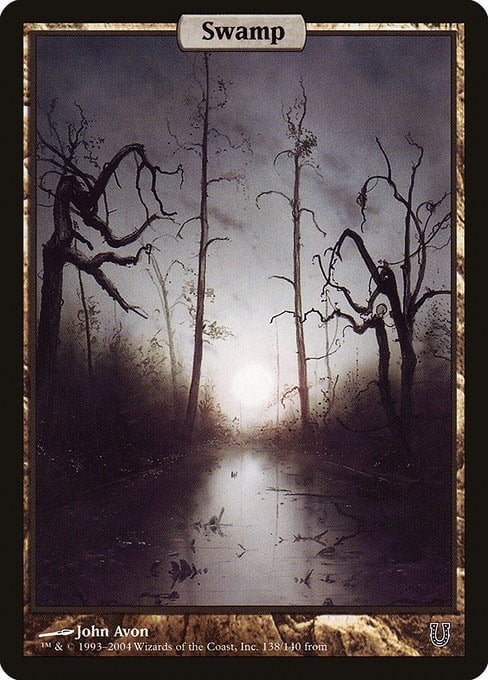
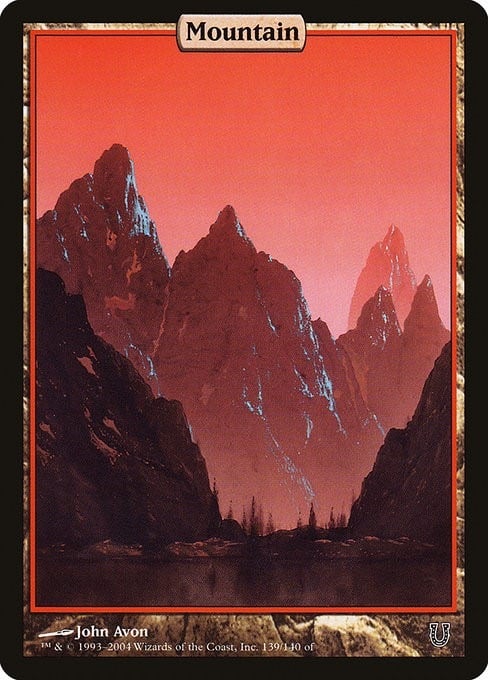
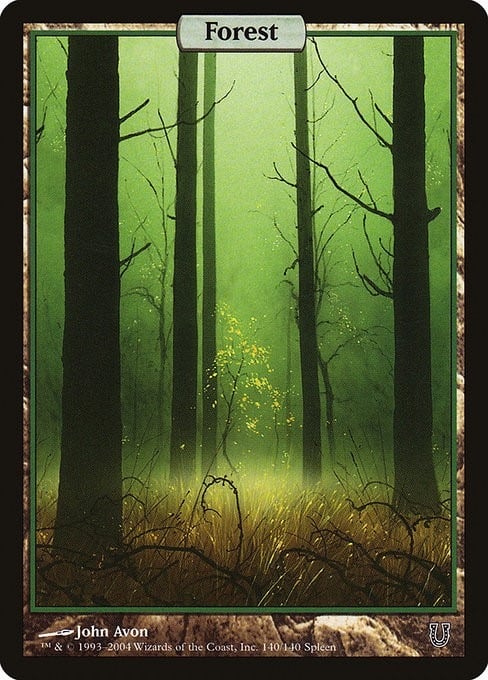
Magic’s jokey Un-sets are known for their beautiful full art basics, and now that the original sets have aged out of production, the value on those basics has skyrocketed. The original cycle of Unglued basics range in price from $3-$8 a pop, while Unhinged's land around $5 for each version. Unfinity’s basics are surprisingly cheap, due to their currently wide availability, at under $1 for the cheapest and up to $10 for the most expensive foil.
#9. Secret Lairs


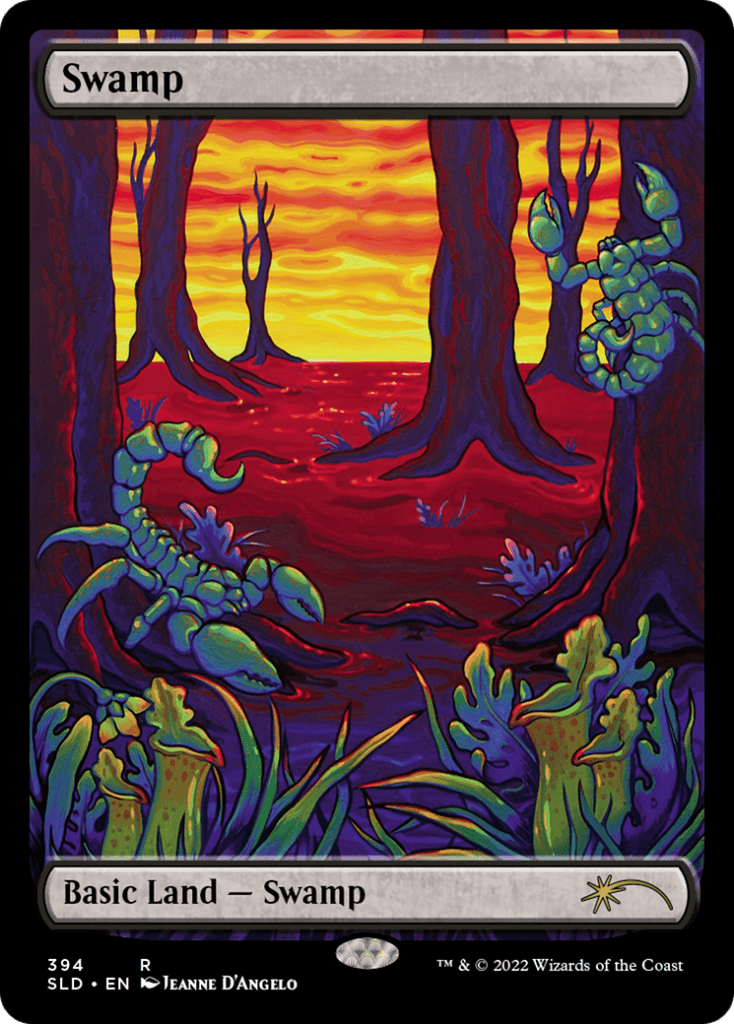
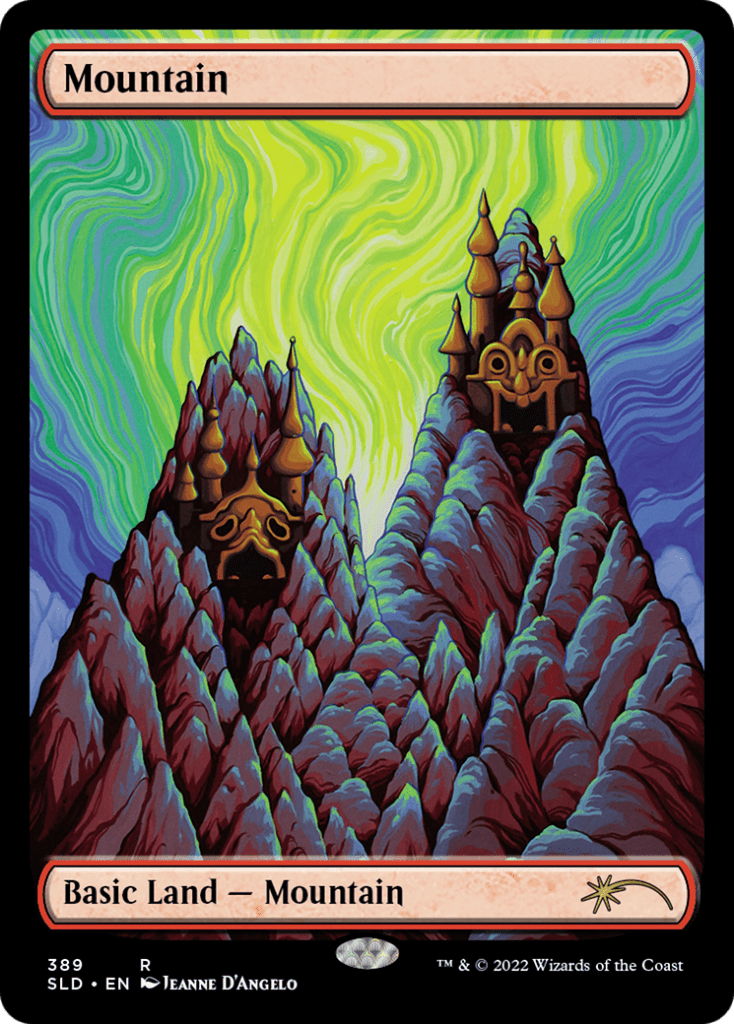

Since their original release, Magic’s Secret Lair series has pumped out a steady flow of expensive variant artwork cards in limited runs. Some of the most valuable basics come from these sets. A few stand out as top contenders:
First, a foil Secret Lair Forest #395 runs about $35 depending on your retailer. In fact, Jeanne D’Angelo’s series of basics are some of the most expensive basics in the Secret Lair series, bar none, with a minimum price of $15 for a nonfoil.
#8. Arena League

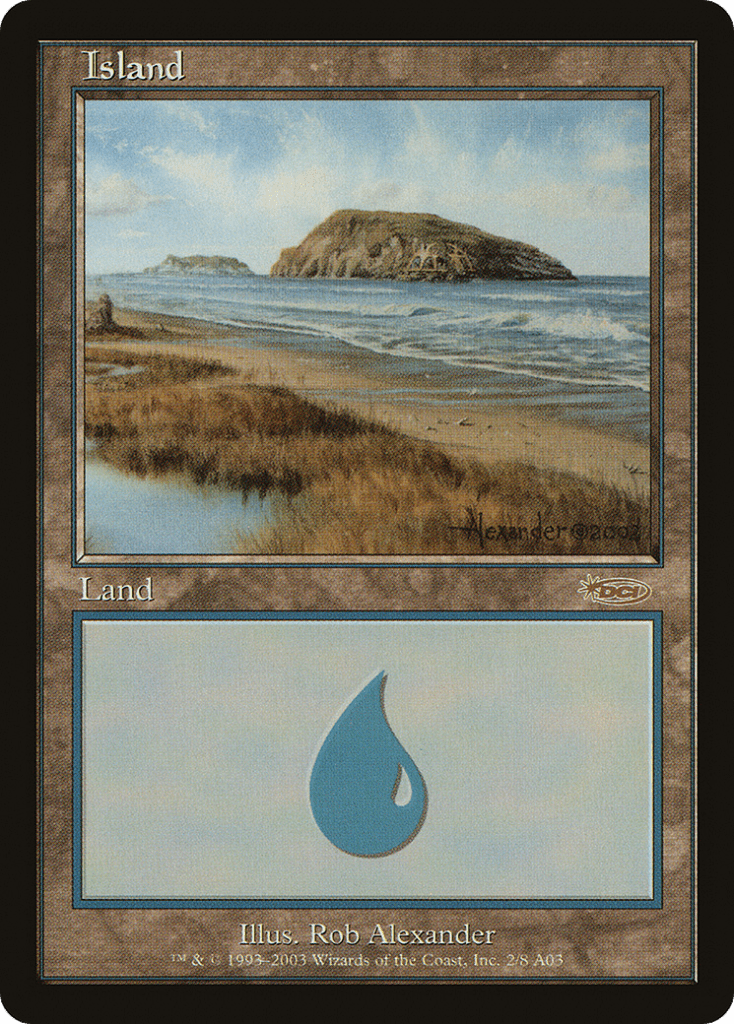

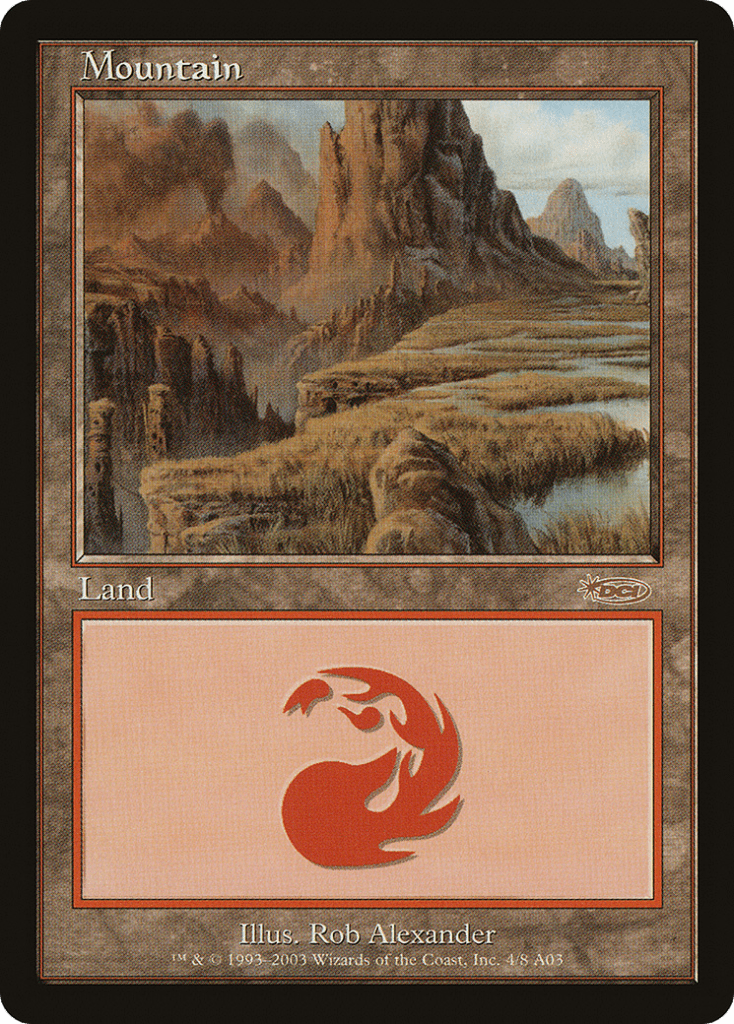
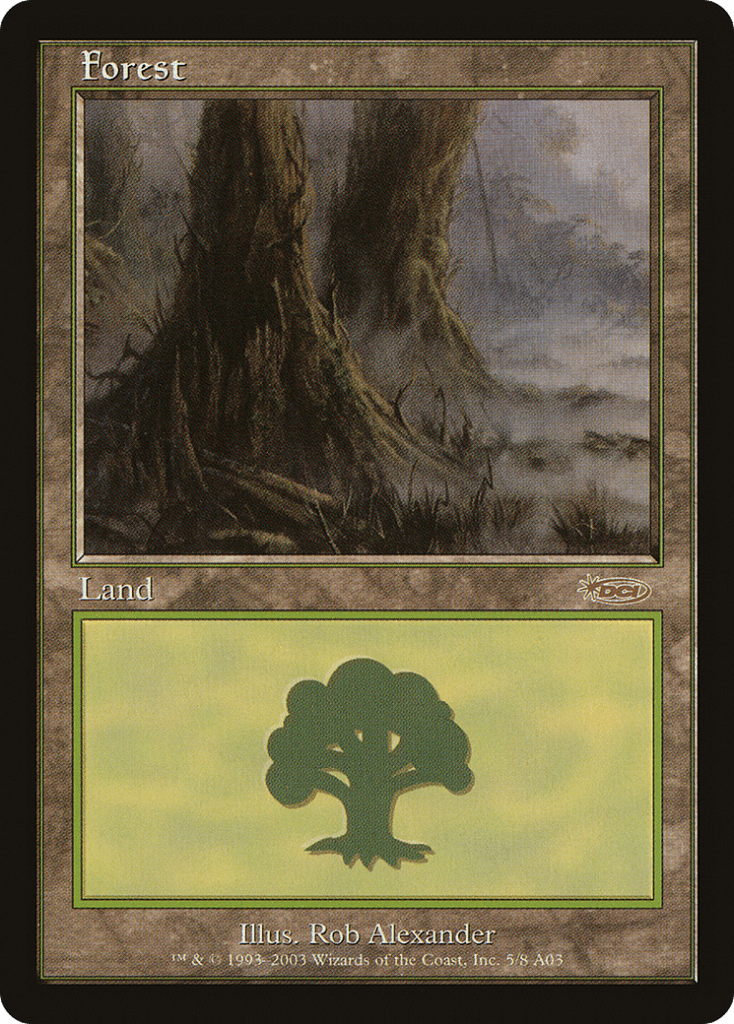
The Arena League was an in-store play program that ran from 1996 through 2007. It was intended to close the gap between casual and competitive play, fostering an environment where players could play competitively without worrying about participation requirements or ranking issues. At the beginning of each League season, participants would receive one of five basic lands. New card arts were painted by Tony Roberts, Rob Alexander, and John Avon over the years. When the lands were aligned, their art would form a panoramic painting. Notably, the Urza’s Saga Arena League promo lands were some of the first cards printed with the shooting star watermark.
The most expensive Arena League promo I could find is the Island from 1999’s Urza’s Saga. It comes in at $130 for a Near Mint copy, but then there’s a huge drop in price. The next most expensive Arena basic is only about $40. This is due to the fact that the Urza’s Saga Arena Island has two variant prints out there: one with the set symbol, and one without it. It’s up for debate whether or not this was intentional, or just a printing error.
#7. Magic Premiere Shop 2006
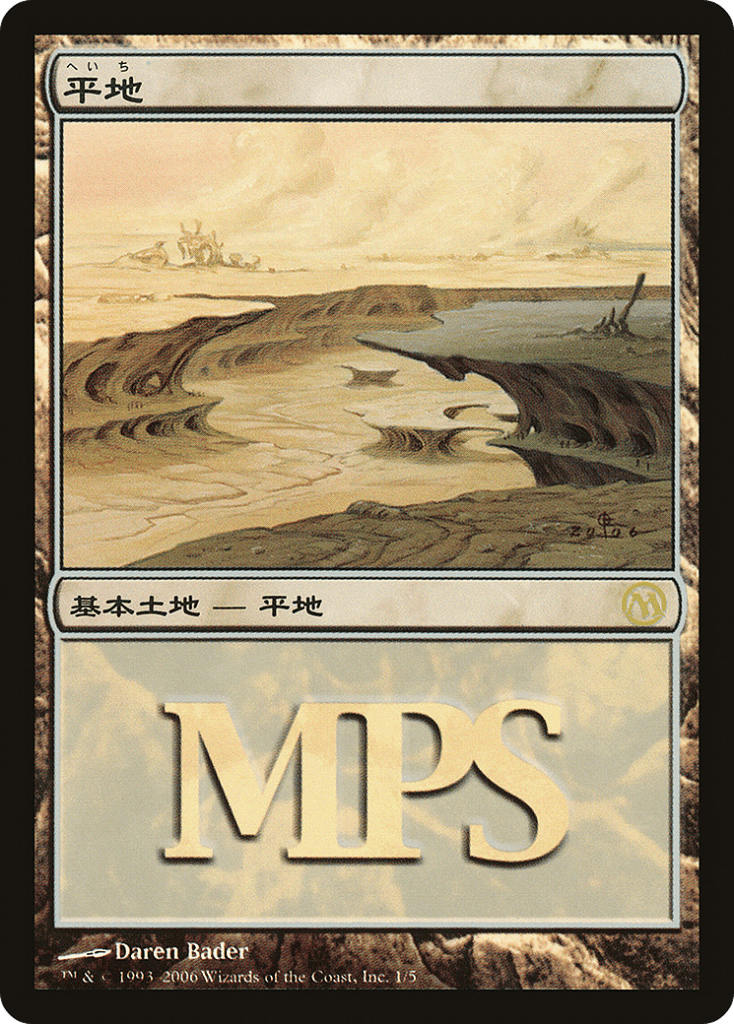

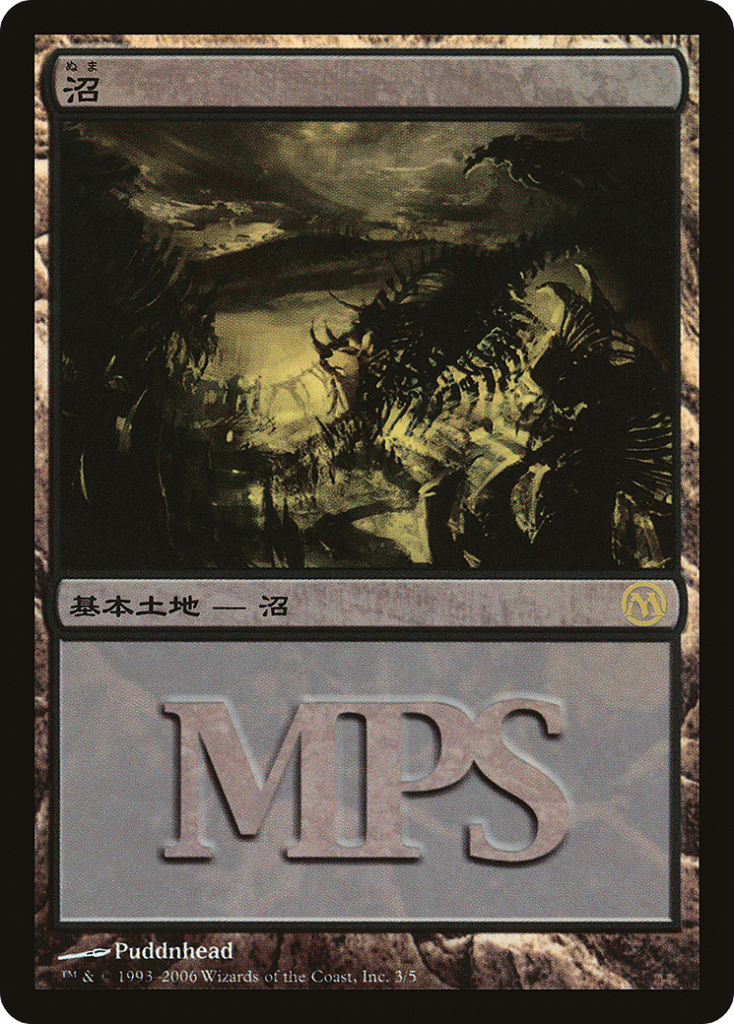
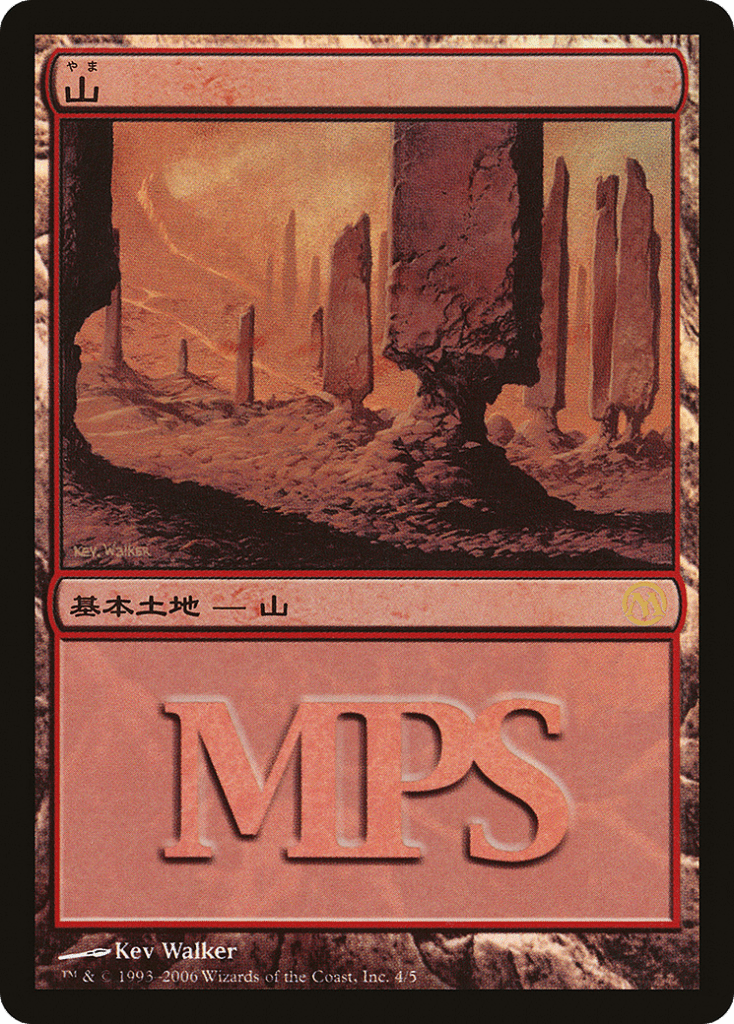
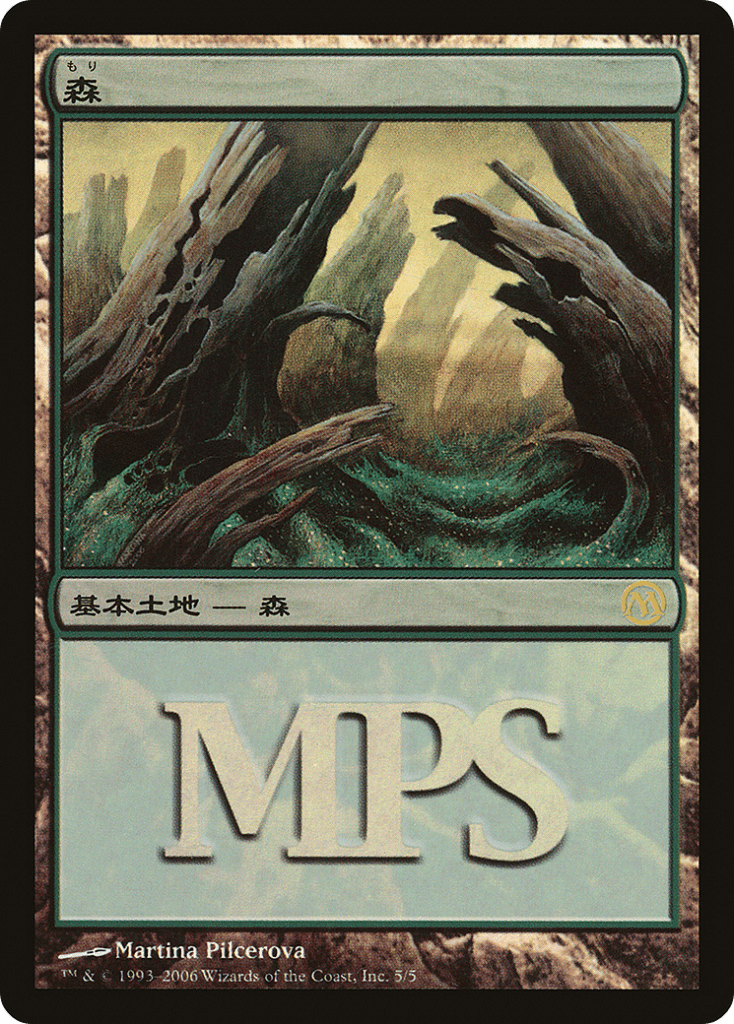
The MPS series were a cycle of 20 basic lands released alongside Ravnica: City of Guilds. Magic Premiere Shops were game stores where you could always find Magic products, find someone to teach you the game, play in weekly/monthly events, and find promotional product. In this case, the promo product was a cycle of foil basic lands that used the art from the Ravnica set. Each basic was foil and watermarked in its text box with the name of a specific guild from that set – two each for their corresponding colors. This meant there was one Rakdos Swamp and one Rakdos Mountain, one Boros Plains and one Boros Mountain, etc.
All of the MPS lands are printed in Japanese, with the Ravnica ones stamped with their guild name in English.
The Golgari Forest is the most expensive of the MPS lands at around $60 at Near Mint. The cheapest? The Selesnya Plains, at just $5.
- A single individual card from the Magic: the Gathering (MTG) trading and collectible card game (TCG/CCG).
- This is of Promo rarity.
- From the MPS Promos set.
- You will receive the Foil version of this card.
#6. Alpha/Beta
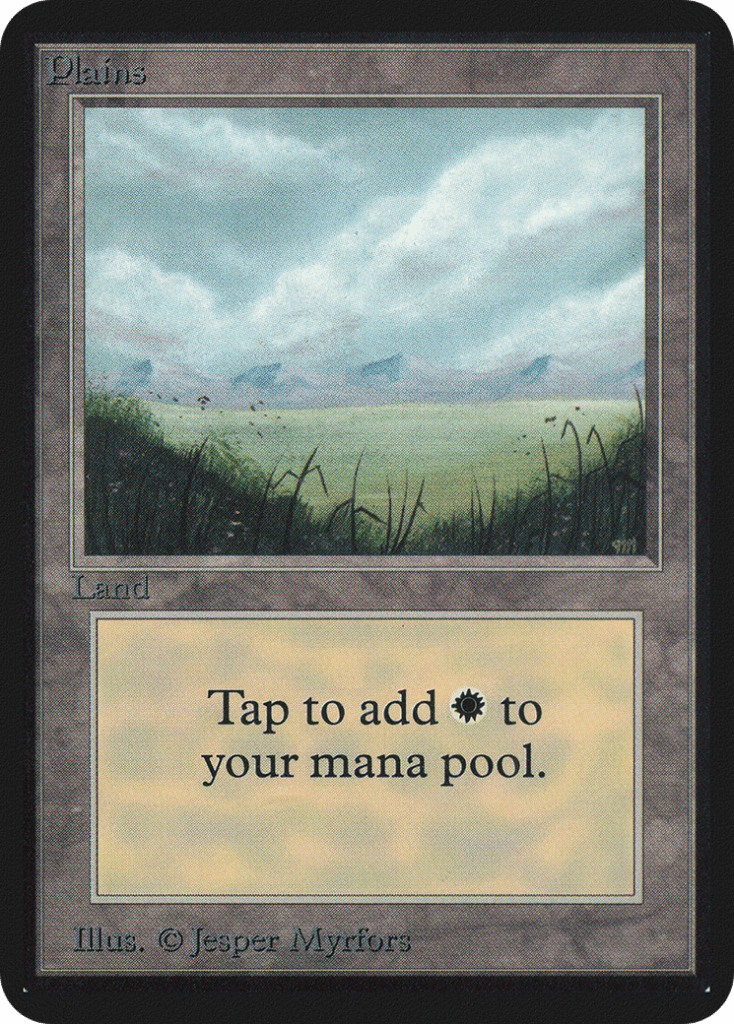
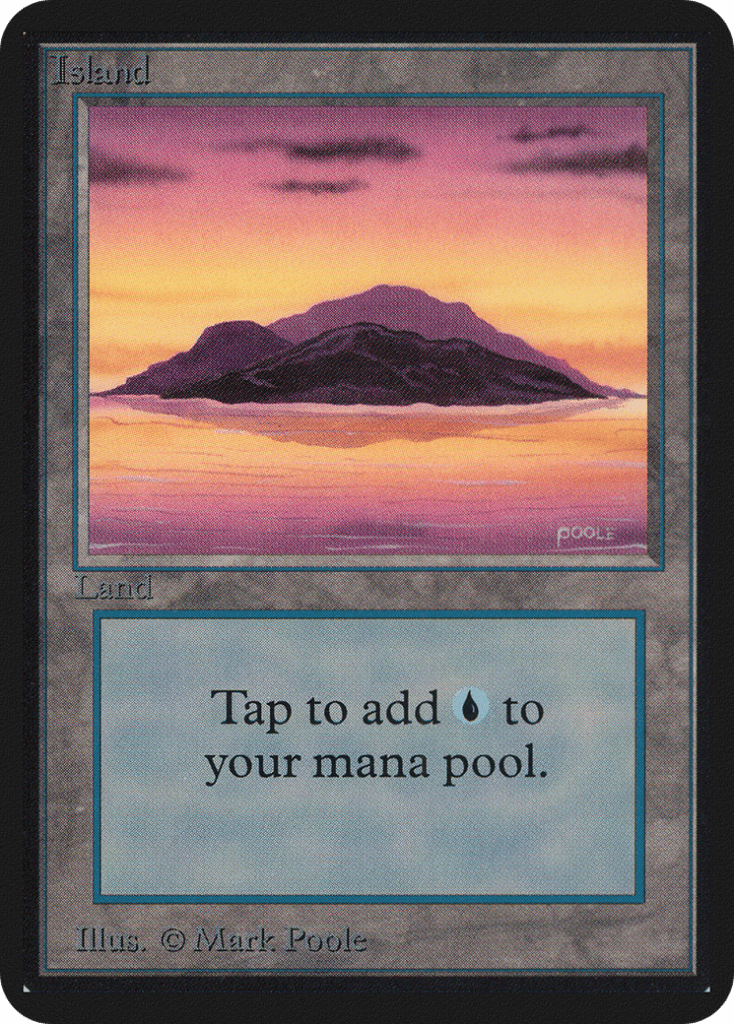
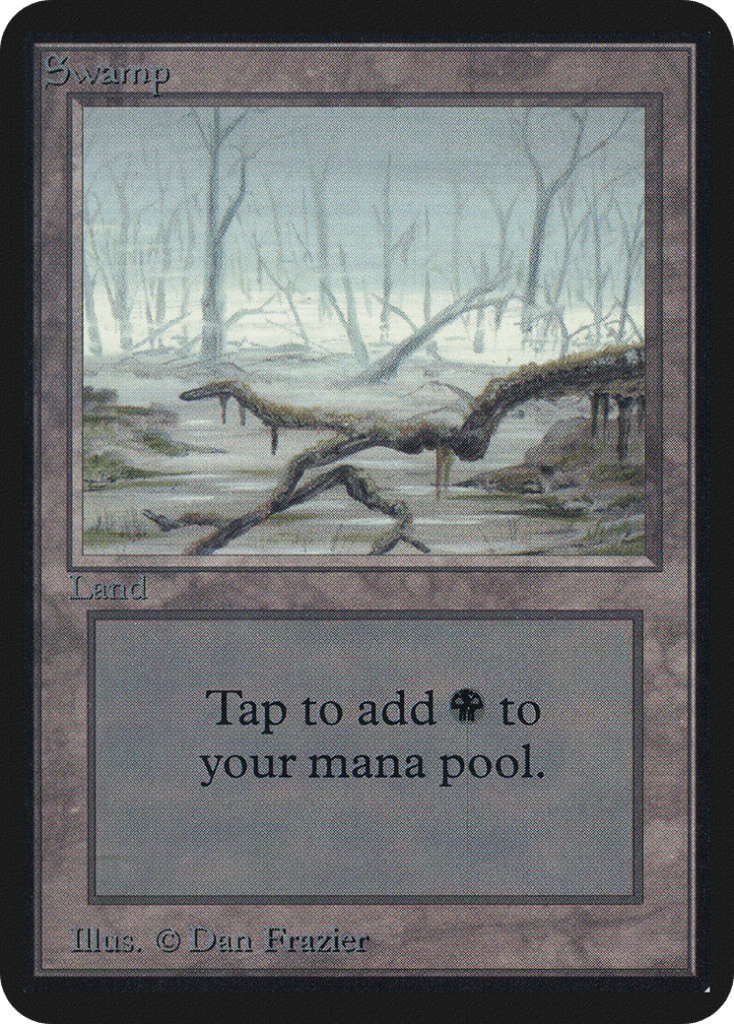
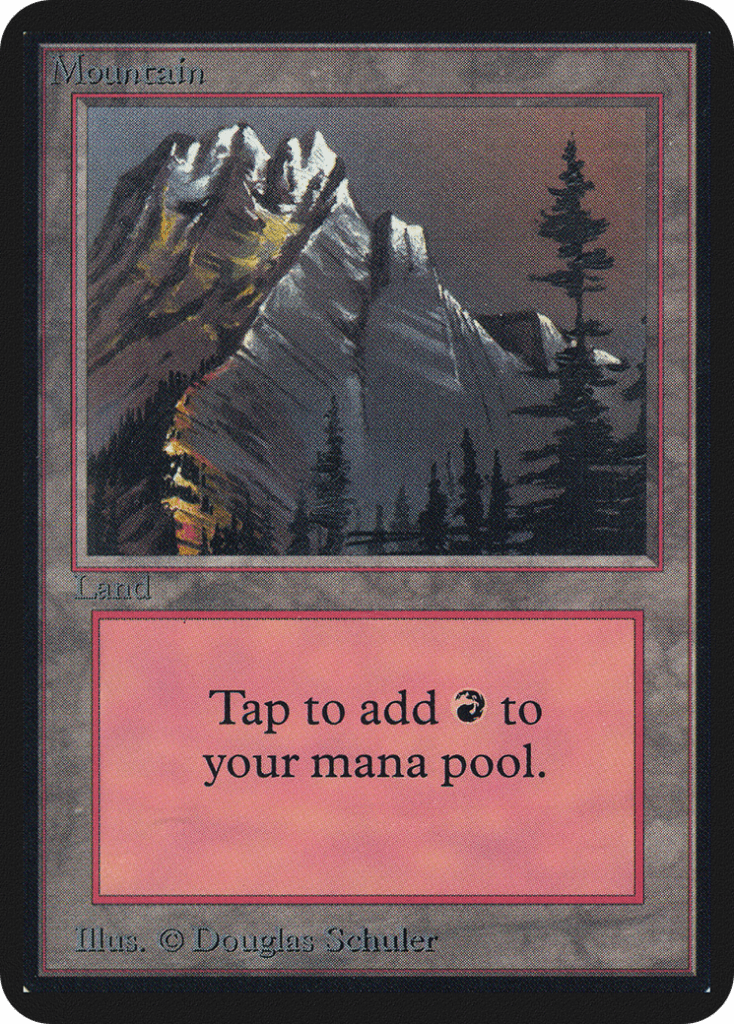
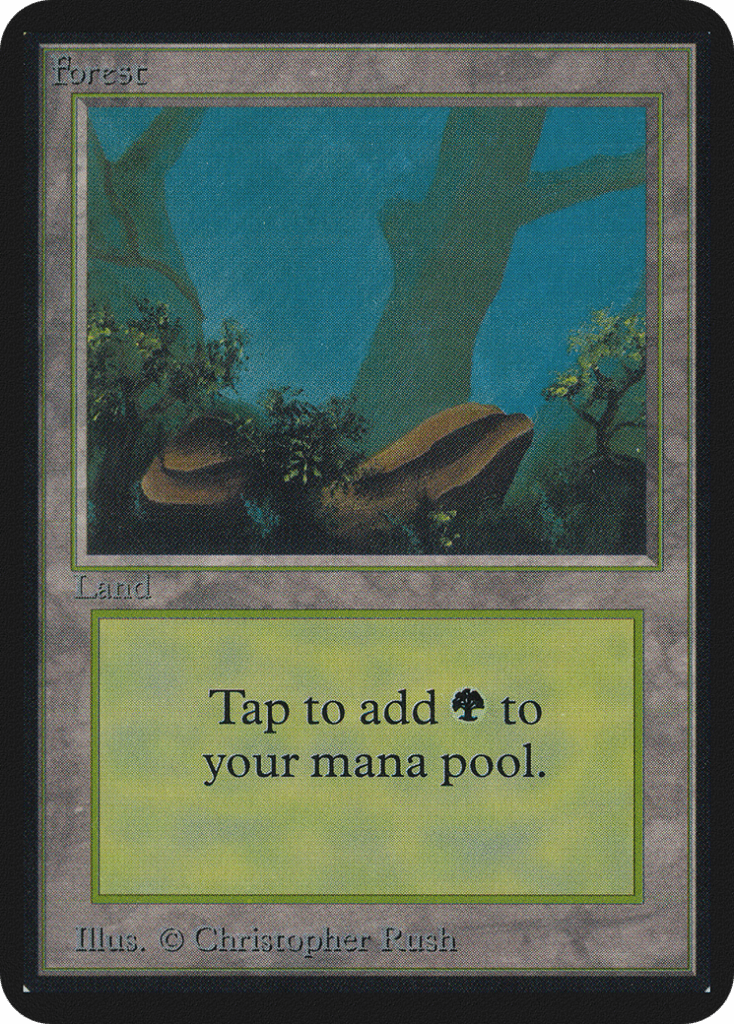
It comes as no surprise that the first ever basic lands are some of the most expensive. Printed in 1993, the Alpha Limited Edition and Beta Limited Edition black-bordered basics range from $25 to $65 each, with the Alpha versions commanding $10-$15 more on the market than their Beta counterparts.
The Alpha and Beta basics had two different arts each, including the classic purple Mark Poole Island. The cards are nearly identical across sets, except for the cut corners on Alpha. Alpha’s cards’ corners are rounded in an odd way where they won’t lie flush in a deck of standard Magic cards. This unique printing choice was abandoned after the first set, and all cards printed since have matched Beta’s card size.
#5. Asia Pacific Land Program (APLP or sometimes APAC)
The Asia-Pacific Land Program, sometimes called APAC or APLP, are three cycles of basic lands from 1998. They were promotional packs that were available to people purchasing boxes of Tempest in the Asia-Pacific region, and featured art inspired by real-world locations. For example, the red booster’s Mountain depicts the Banaue Rice Terraces in the Philippines, and the clear booster’s Plains shows the Great Wall of China.
The cards came in three different boosters; red, blue, and clear.
Red Booster

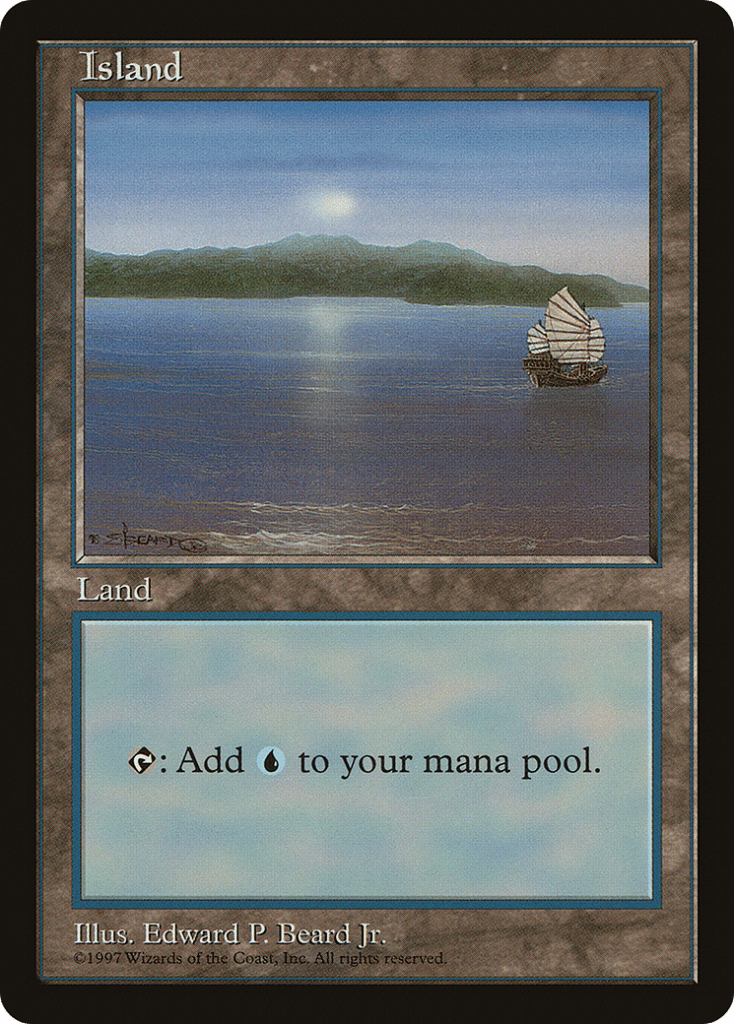
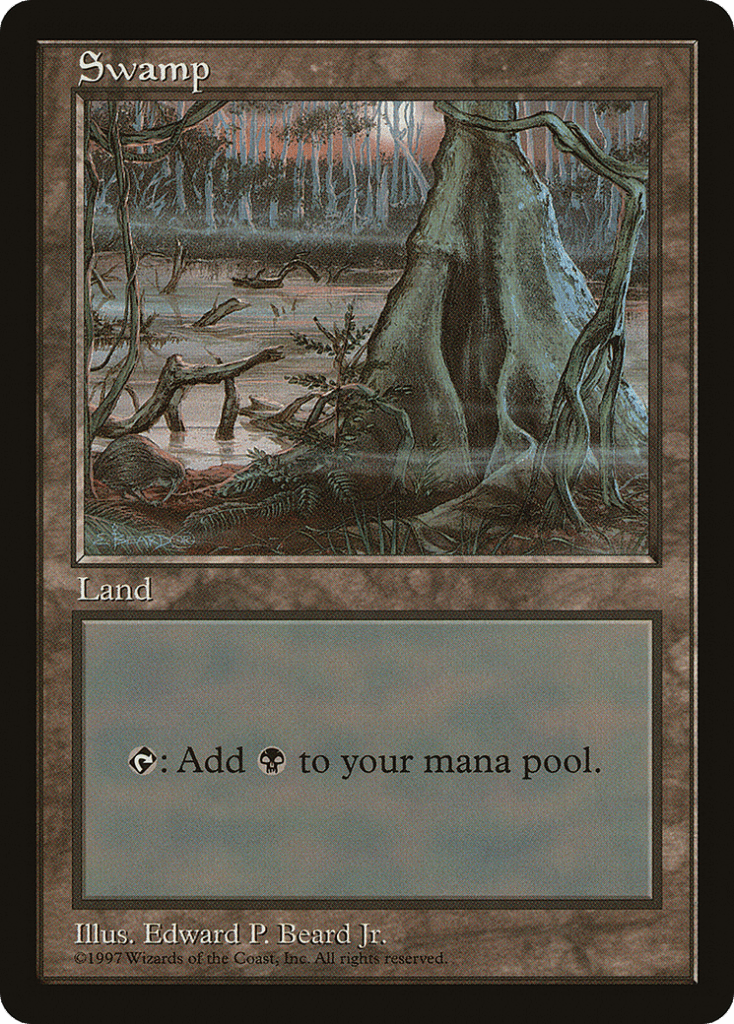
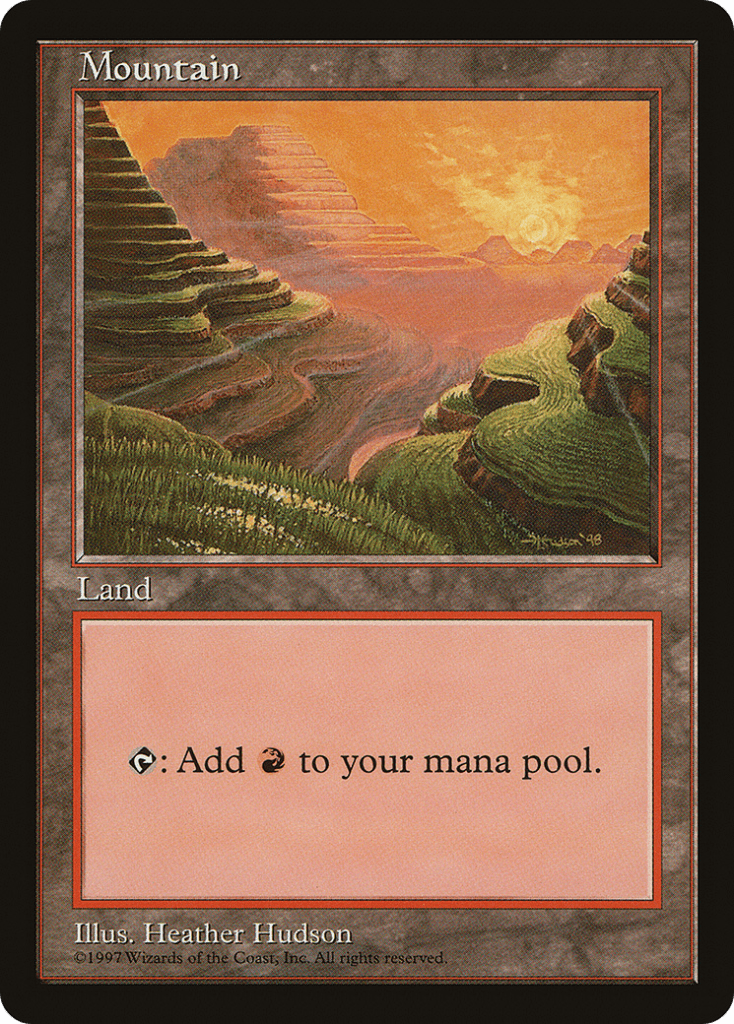

- Plains - Japan
- Island - Hong Kong
- Swamp - New Zealand
- Mountain – the Banaue Rice Terraces in the Philippines
- Forest – Japan
Blue Booster
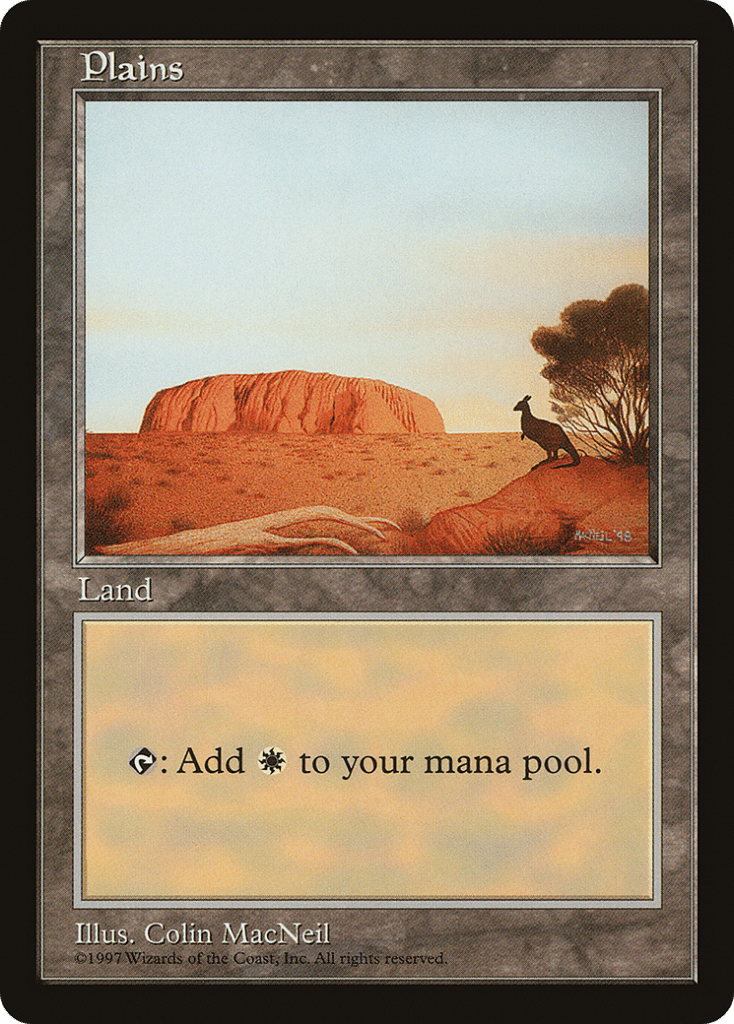
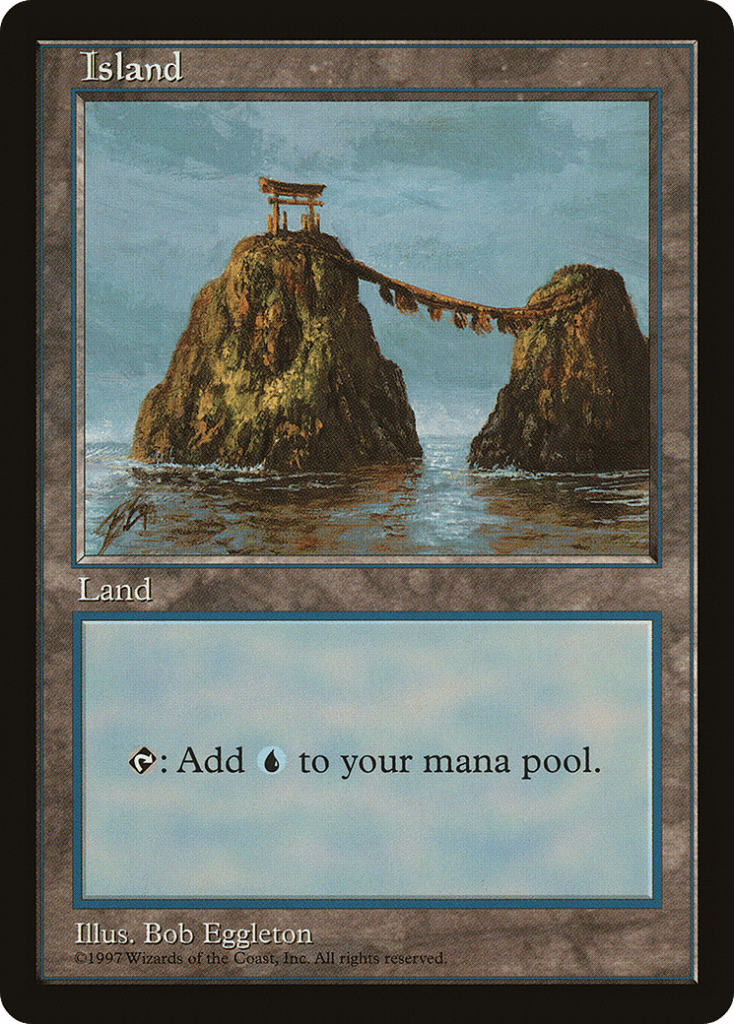
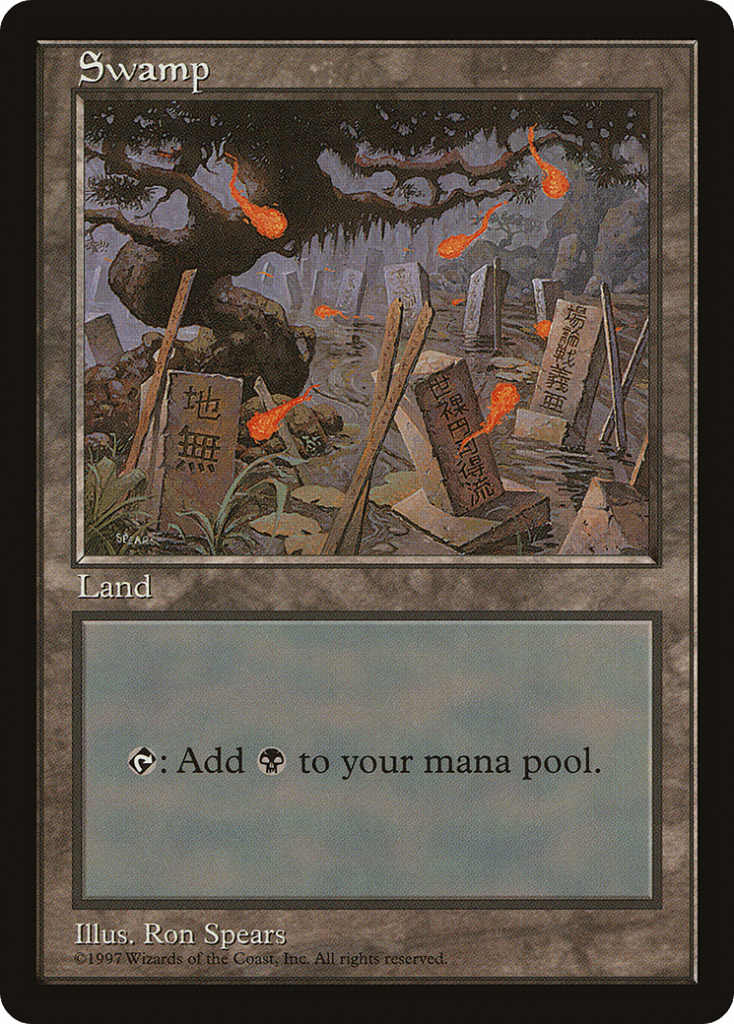

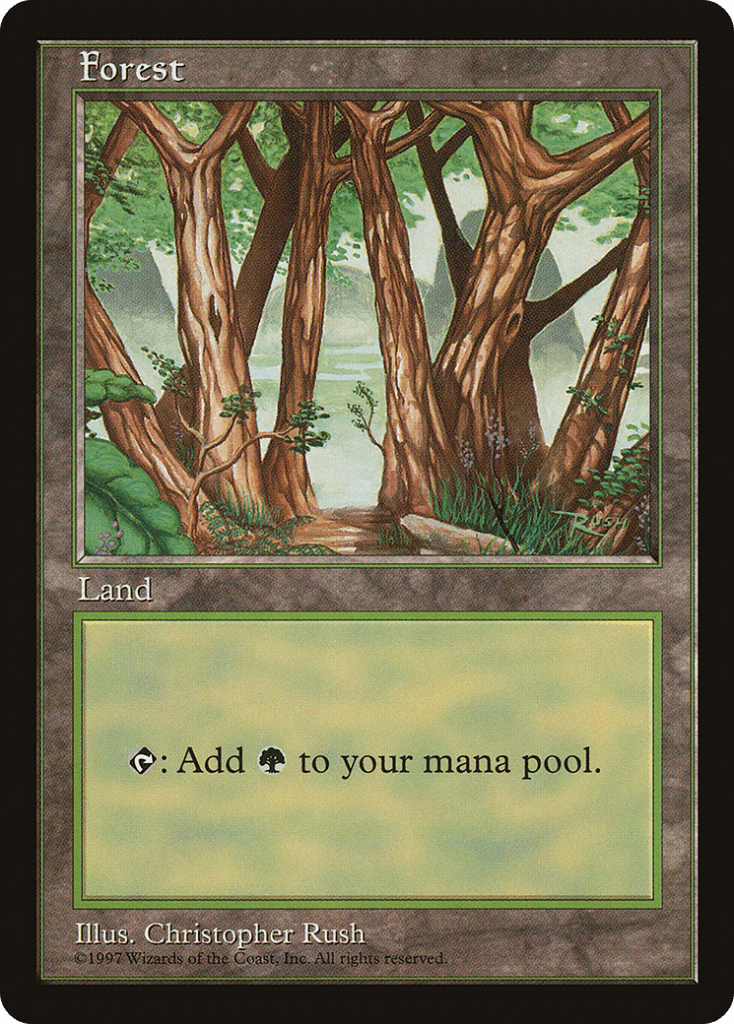
- Plains – Uluru in Australia
- Meoto Iwa in Japan
- Swamp - Japan
- Mountain - the Taroko National Park in Taiwan
- Forest – China
Clear Booster
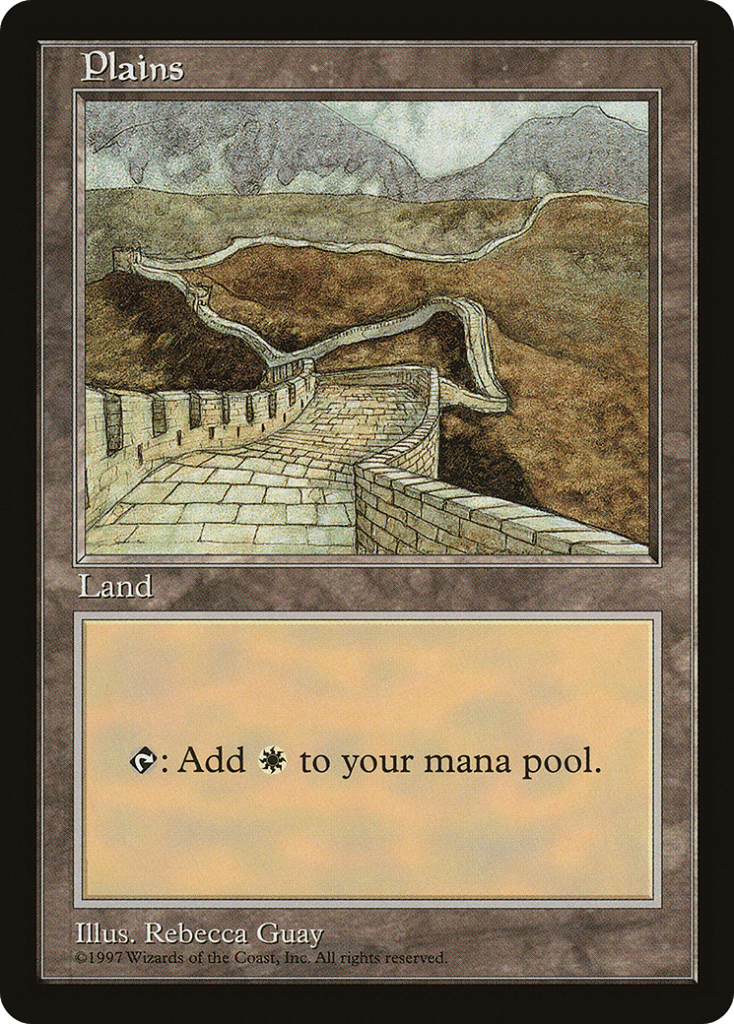

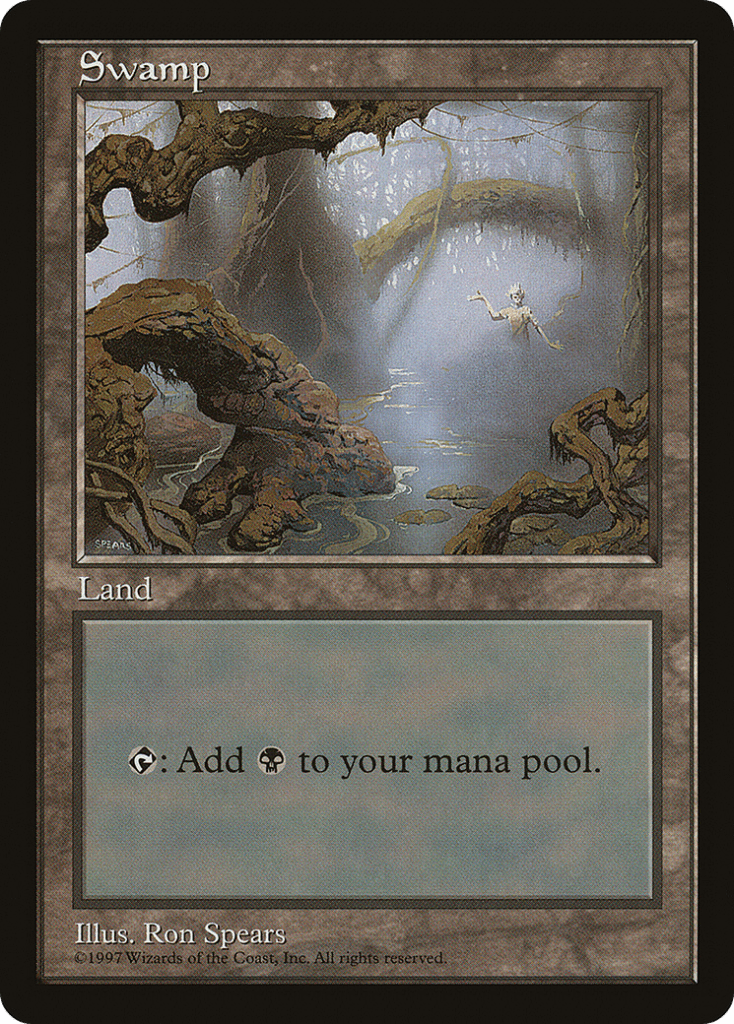
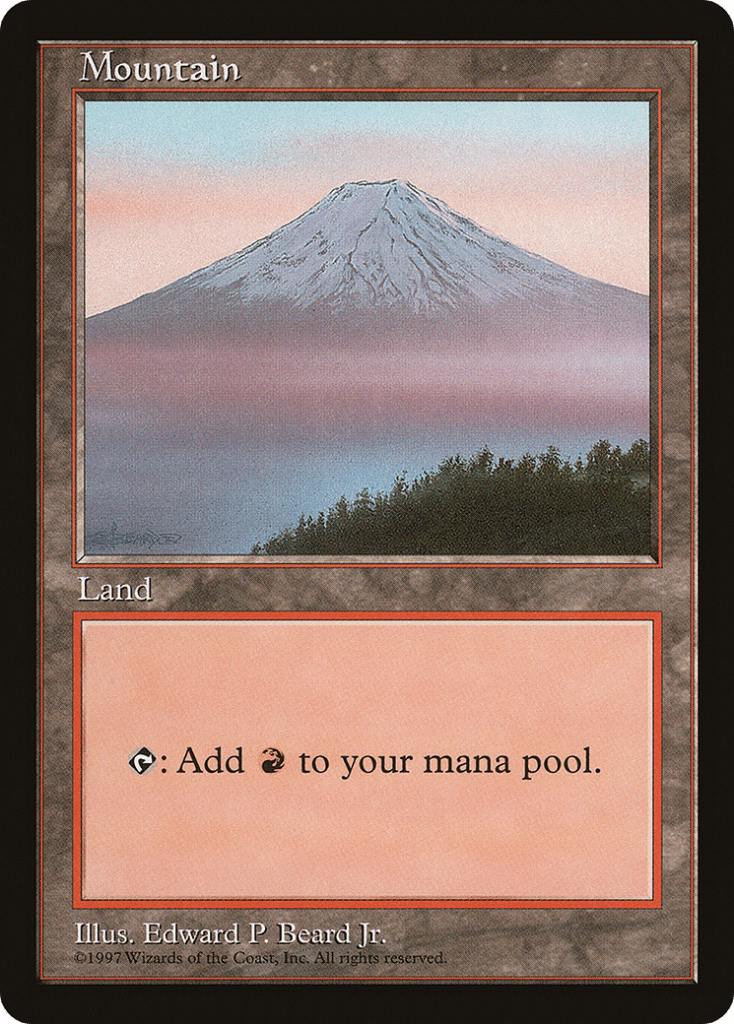
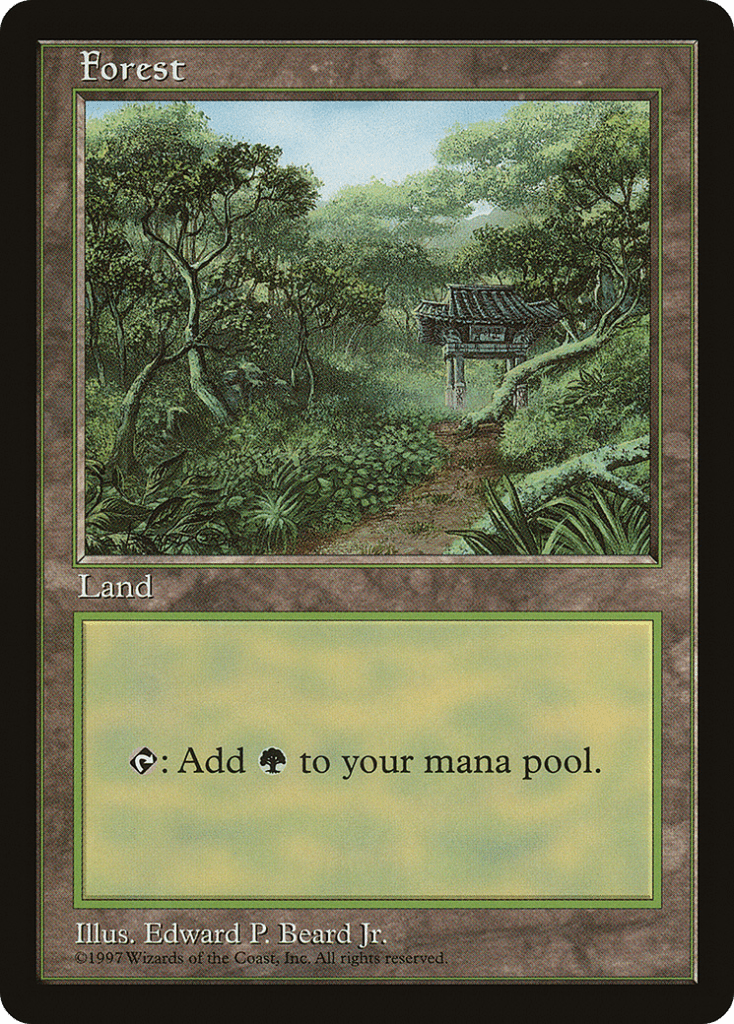
- Plains - Great Wall of China
- Island - the island and Merlion Fountain of Singapore
- Swamp – Indonesia
- Mountain - Mt. Fugi in Japan
- Forest – Korea
The red booster’s Plains card is the most expensive of the series, coming in at $75 for a Near Mint copy. My favorite, however, is the spooky graveyard on the blue booster’s Swamp card.
#4. European Land Program (PELP)
In order to increase sales in their European market, packs containing cycles of basic land cards were distributed to European customers who purchased boxes of Nemesis, Prophecy, or Invasion. Similar to the APAC lands, the Euro lands depict real-world locations across Europe, and as such are valued very similarly.
Blue Booster
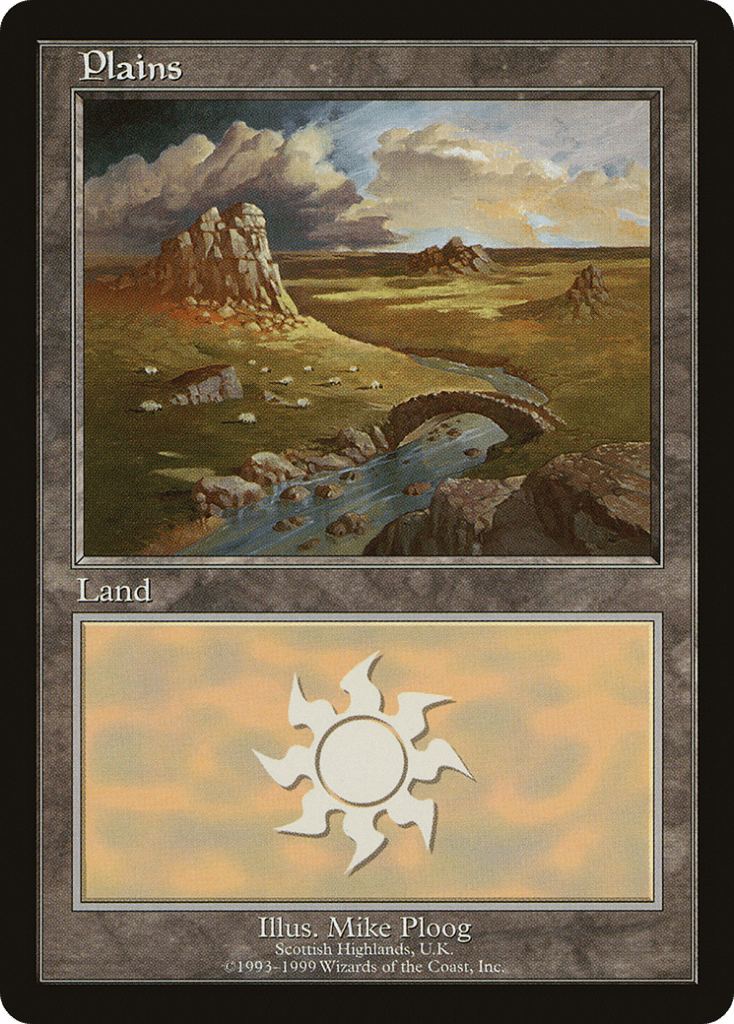
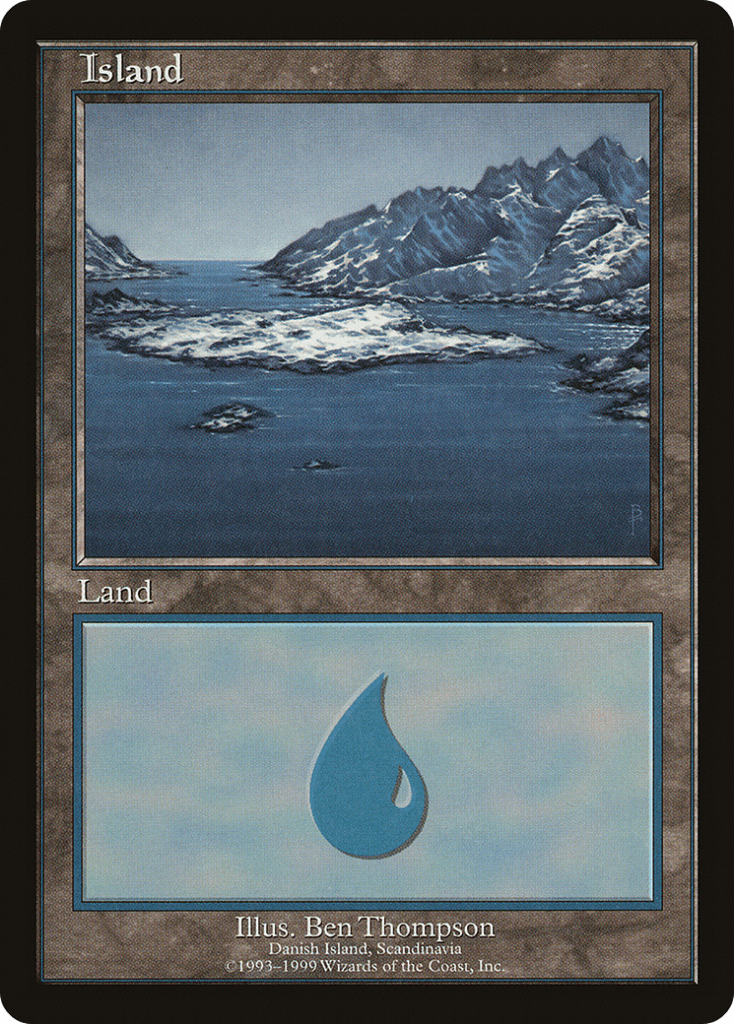
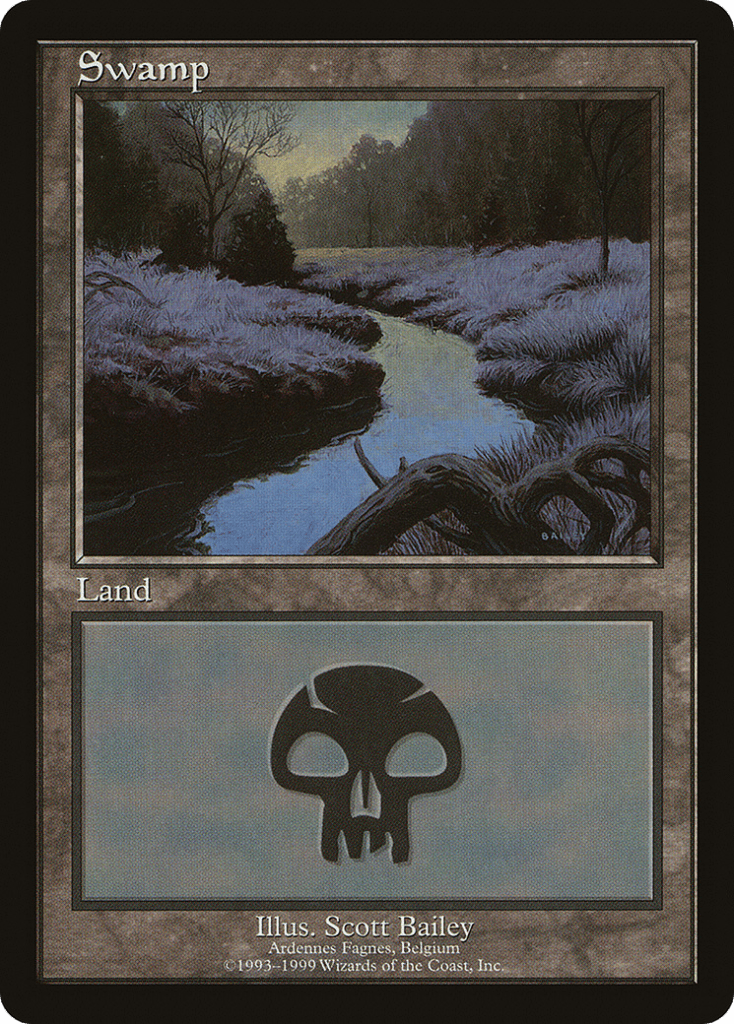


- Forest – Schwarzwald, Germany
- Mountain – Vesuvio, Italy
- Swamp – Ardennes Fagnes, Belgium
- Island – Danish Island, Scandinavia
- Plains – Scottish Highlands, U.K.
Red Booster

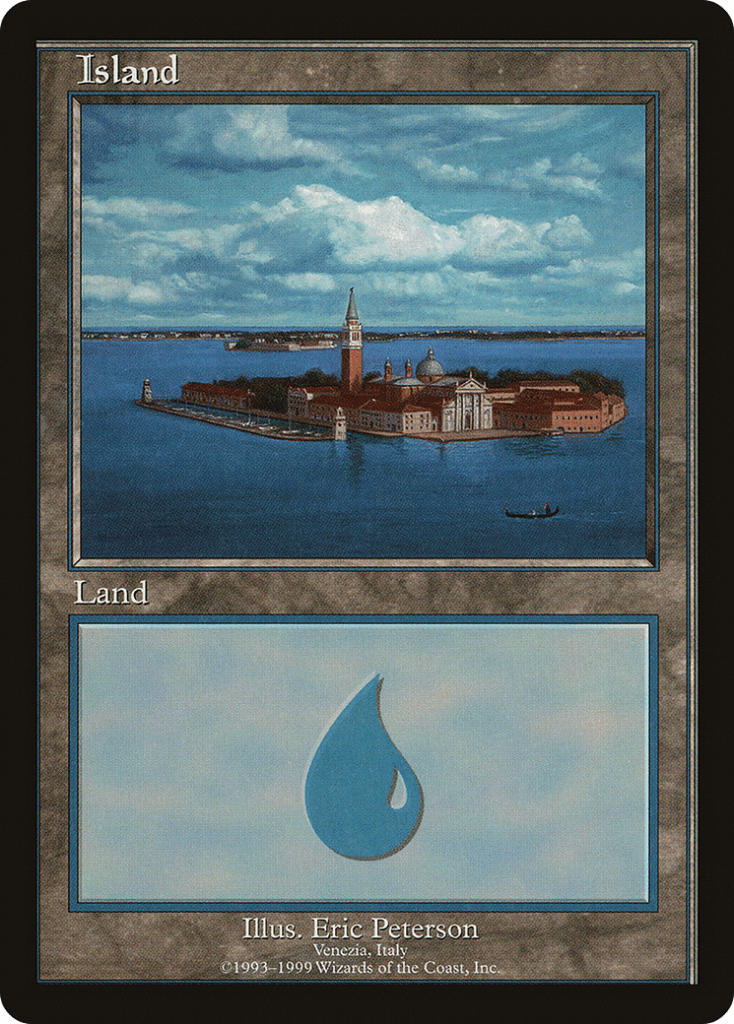
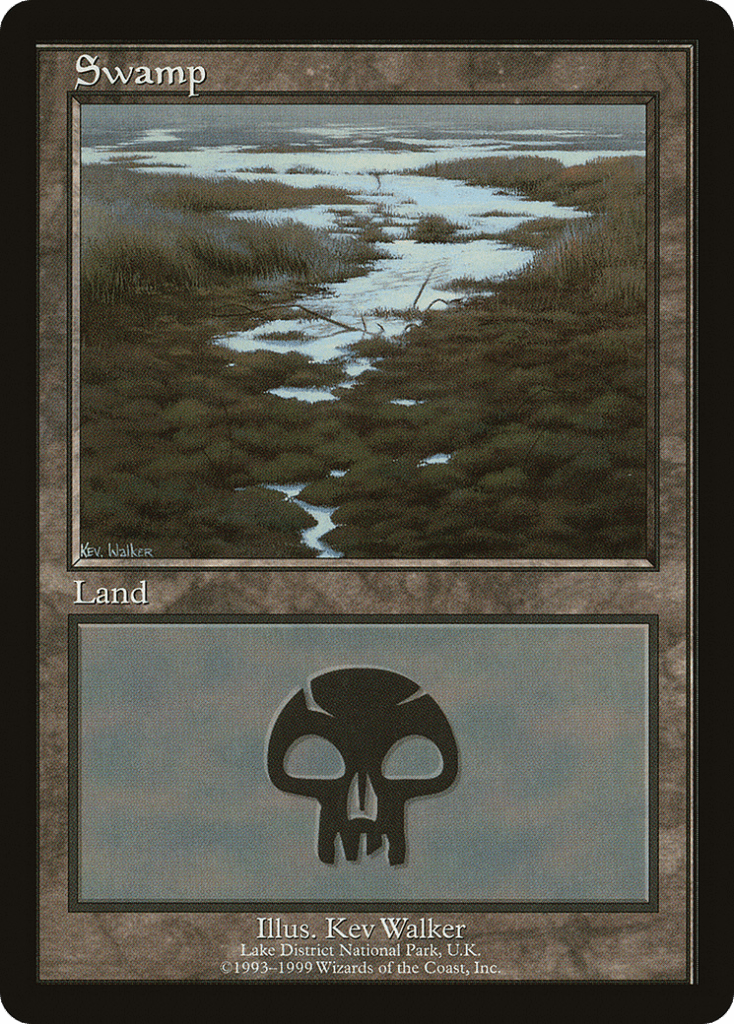
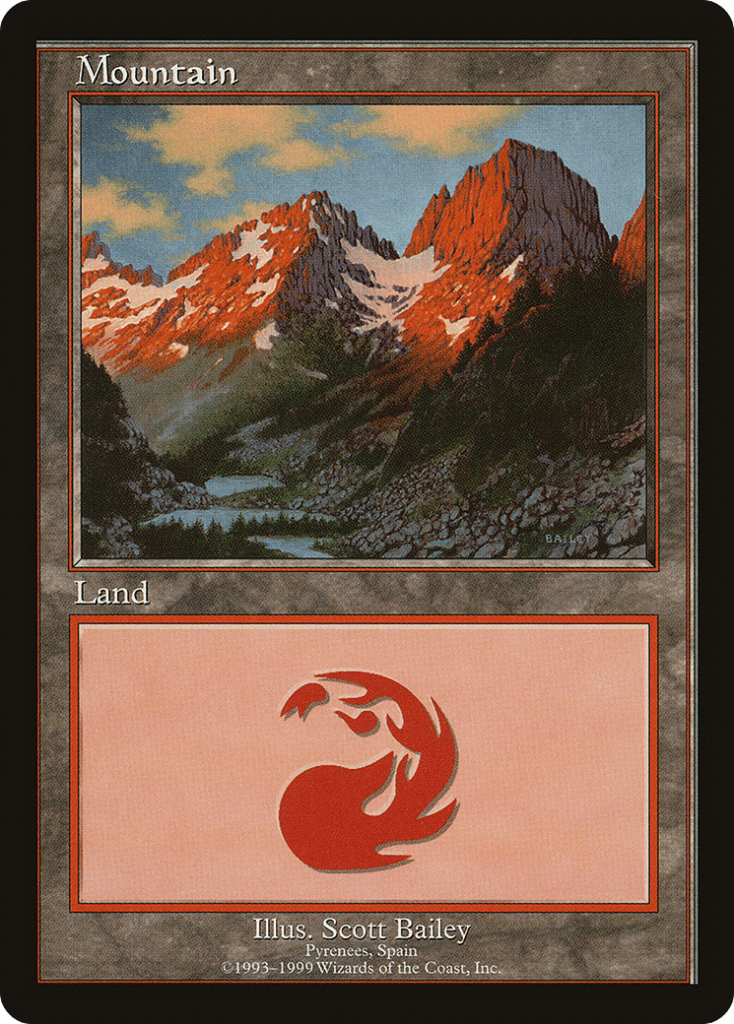
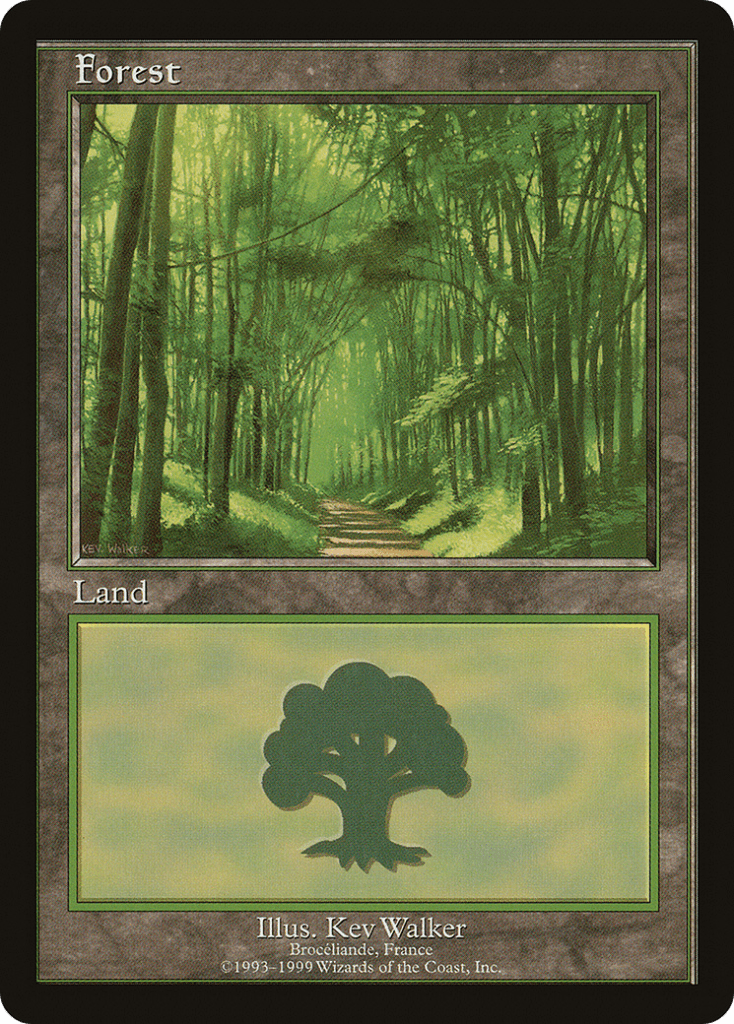
- Forest – Brocéliande, France
- Mountain – Pyrenees, Spain
- Swamp – Lake District National Park, U.K.
- Island – Venezia, Italy
- Plains – Lowlands, Netherlands
Clear Booster
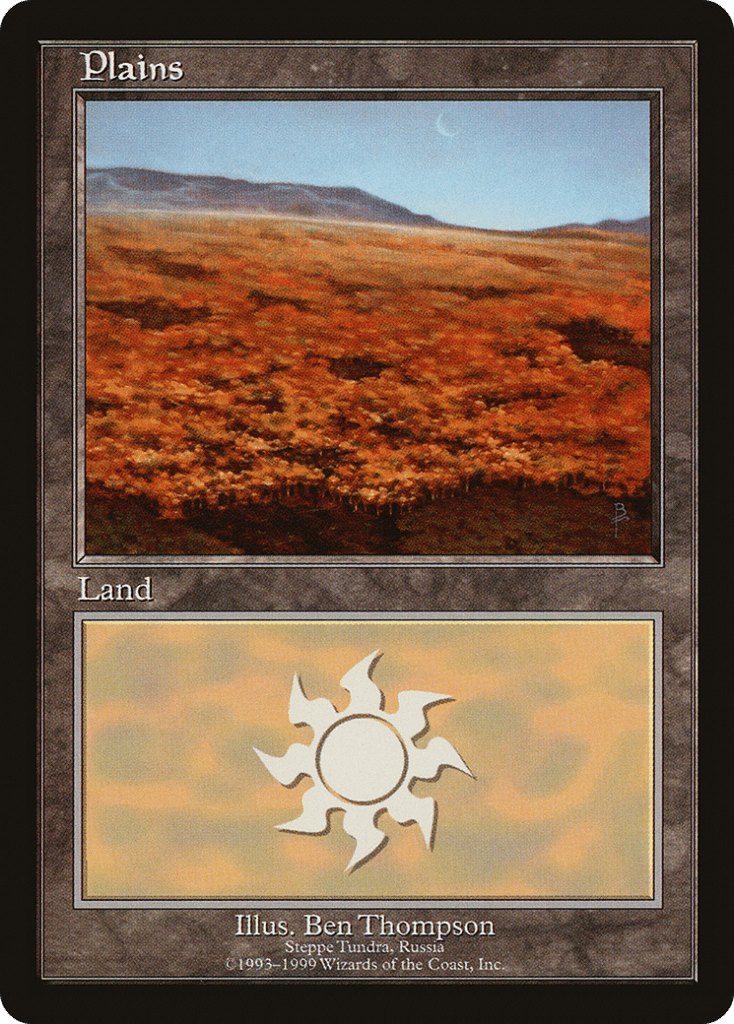
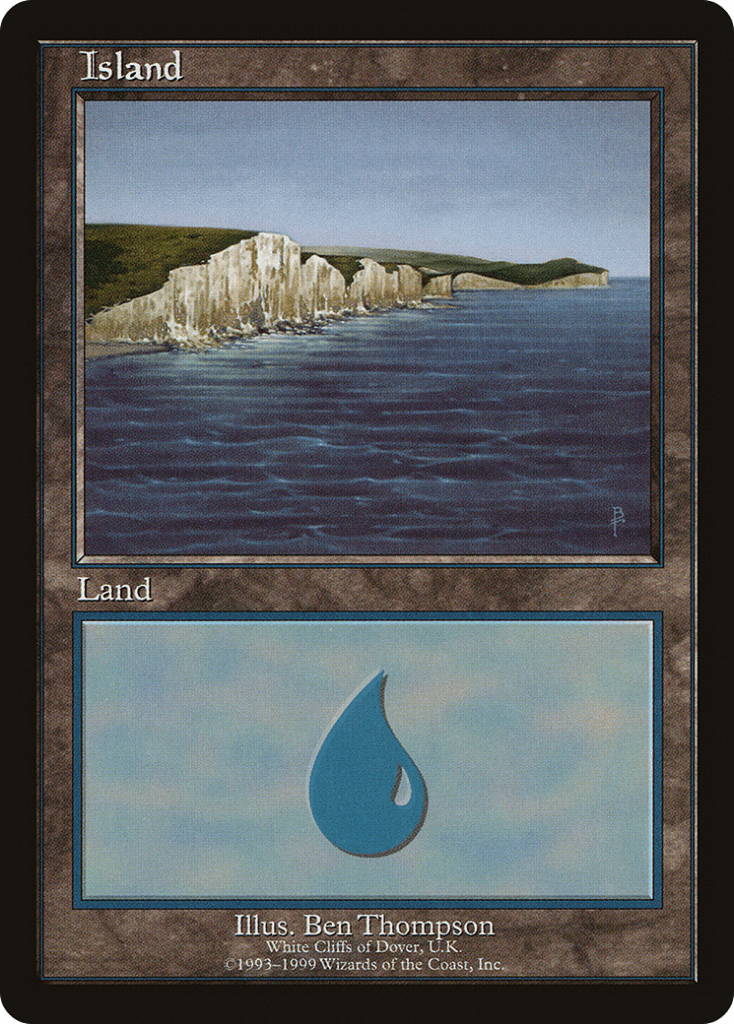
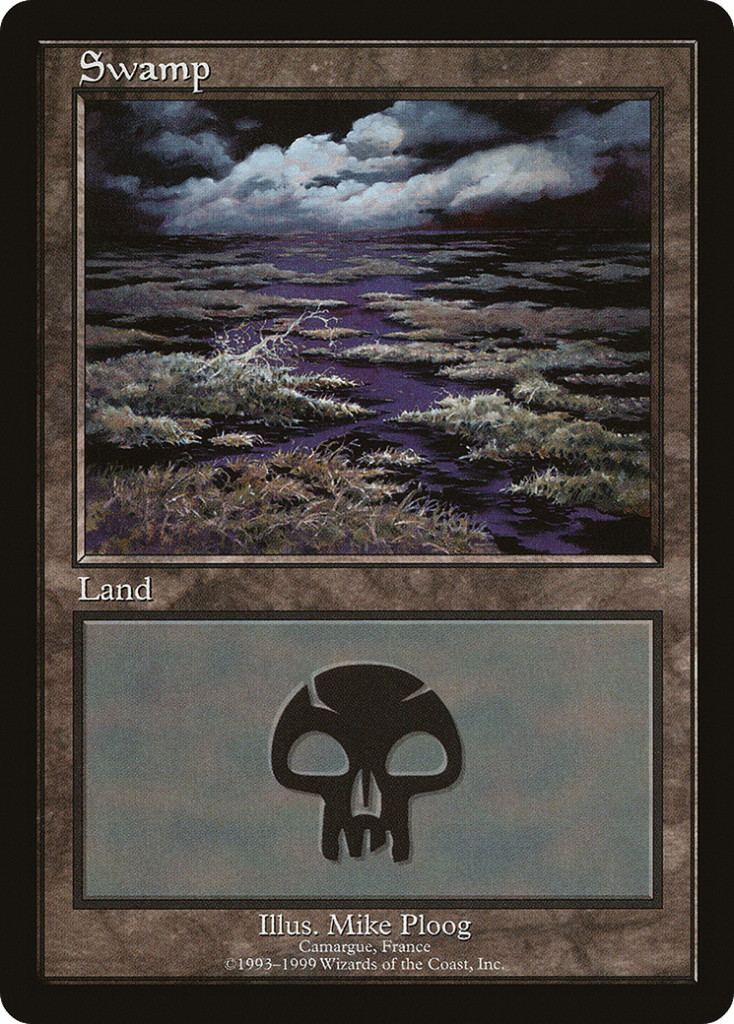
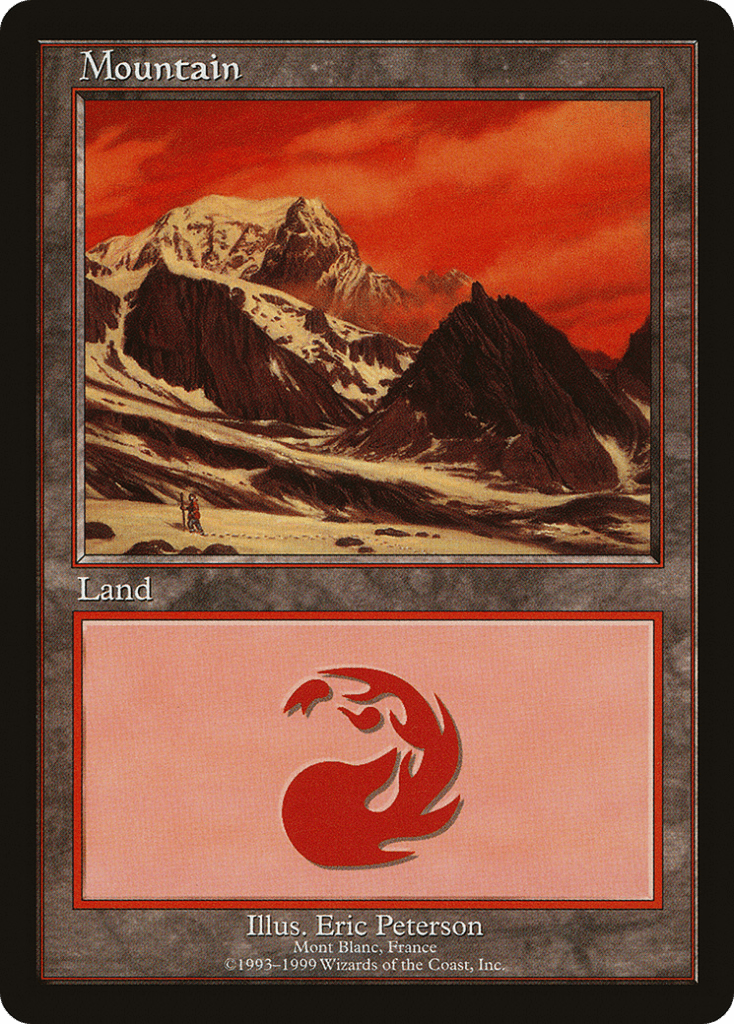
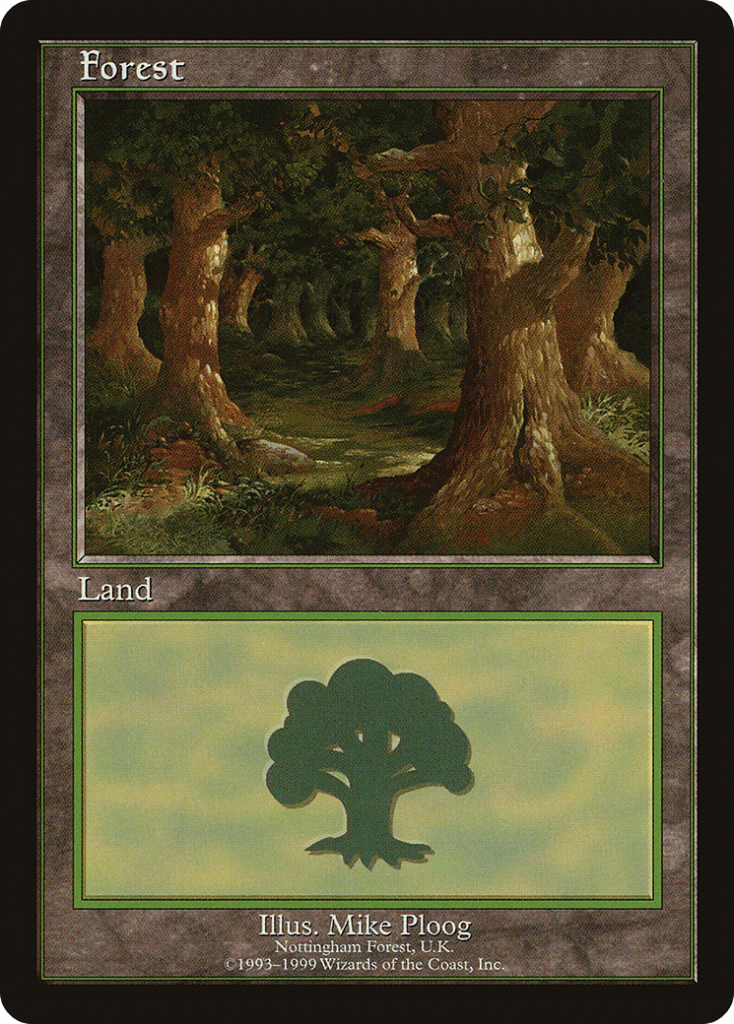
- Forest – Nottingham Forest, U.K.
- Mountain – Mont Blanc, France
- Swamp – Camargue, France
- Island – White Cliffs of Dover, U.K.
- Plains – Steppe Tundra, Russia
The most expensive Euro land is, you guessed it, the red booster’s Island, clocking in $80. The cheapest is the poor blue booster Mountain at just $10.
#3. Judge Gift Cards
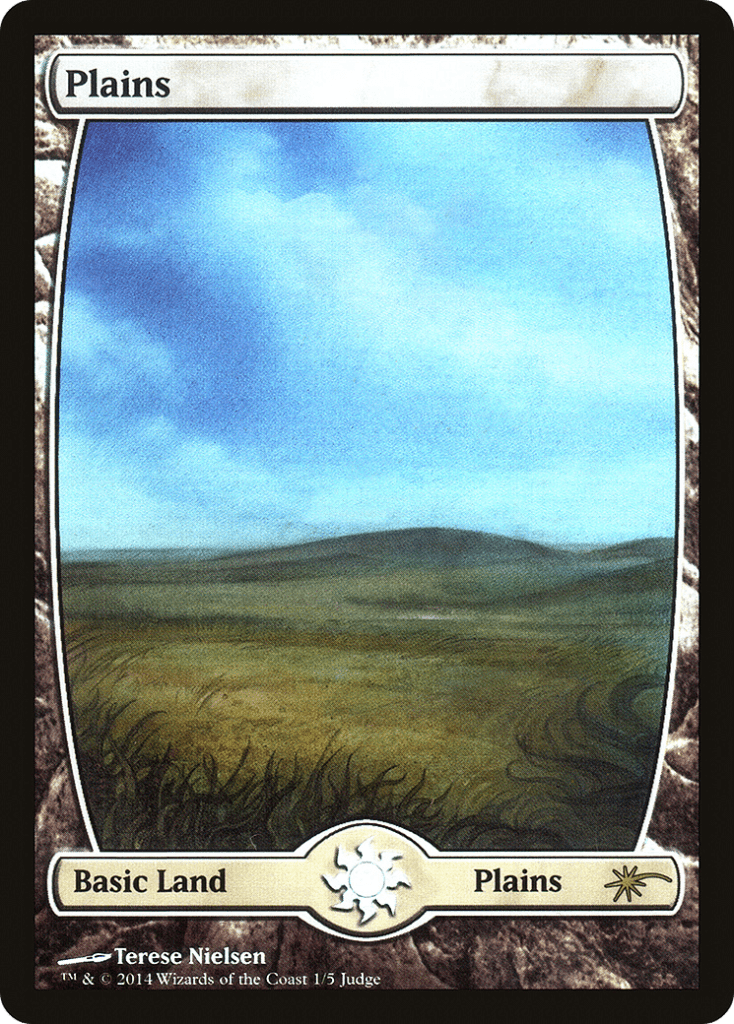

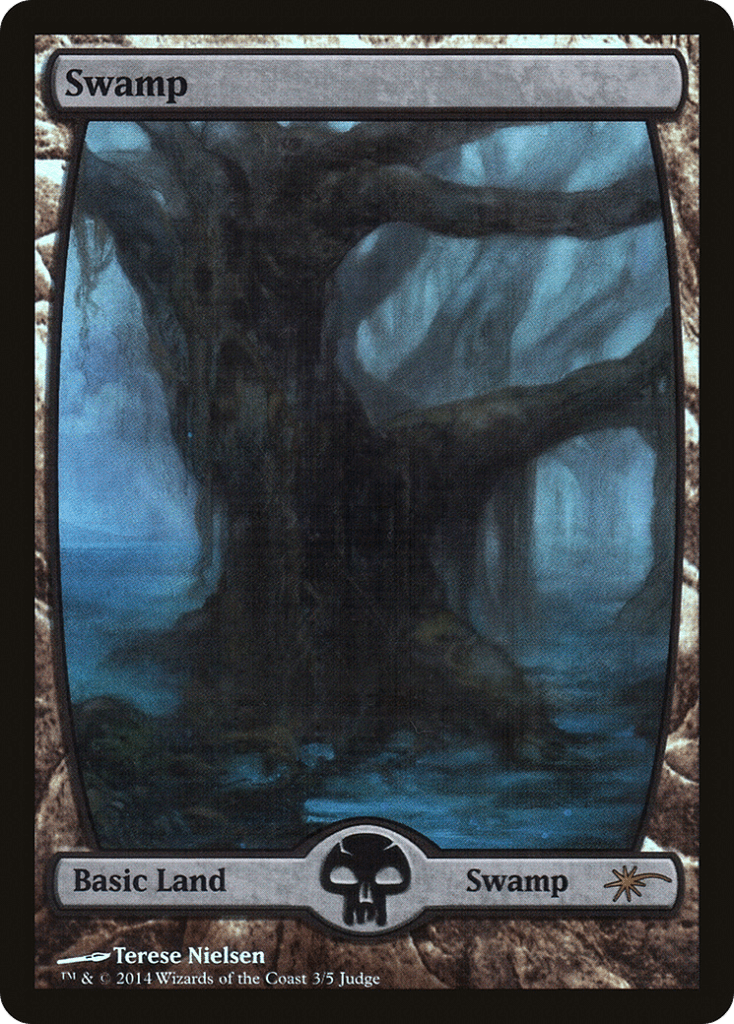
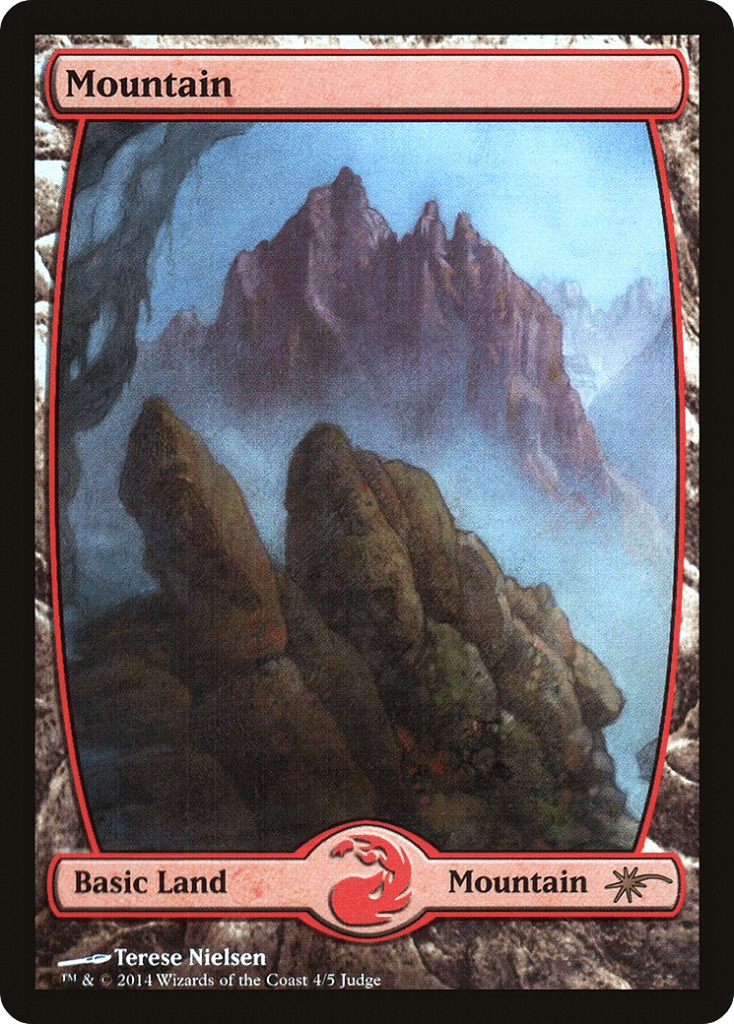

MTG Judges often receive gift cards in lieu of actual pay for their hard work, but sometimes this rare promo card pays off. 2014’s Judge Gift Promos were a cycle of full art basic lands. They range from around $60 for the Mountain to $160 for the Island. If you total up the average costs for each of the Judge foil basics, they’d come out to about $460. Is that worth a year’s worth of judging Magic: the Gathering events? Probably not, especially considering they weren’t worth as much in 2014.
- A single individual card from the Magic: the Gathering (MTG) trading and collectible card game (TCG/CCG).
- This is of Promo rarity.
- From the Judge Promos set.
- You will receive the Foil version of this card.
#2. Arabian Nights Mountain
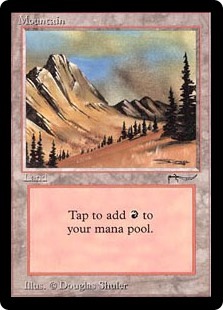
Arabian Nights’s Mountain card is the elusive cryptid of the Magic collector’s universe. It’s our Bigfoot, our Loch Ness Monster. Arabian Nights was the second ever Magic expansion, and it was apparent the designers didn’t really have a great plan for it. The set was originally planned to be printed with slightly pinker card backs and intended to be played completely separate from the original Alpha/Beta sets. The decision was made last-minute to make the cards playable with the original sets, and, as such, the basics were removed from the print sheets. Except, they missed the Mountain. Roughly 30,000 Arabian Nights Mountain cards were printed, and they remained one of the rarest basics out there.
The Arabian Nights Mountain is valued at around $170. This isn’t too expensive when you consider the other cards in Arabian Nights (Shahrazad, Bazaar of Baghdad, and Juzám Djinn are all present in this set as well), but it does top the list of basics more generally.
#1. Guru Lands
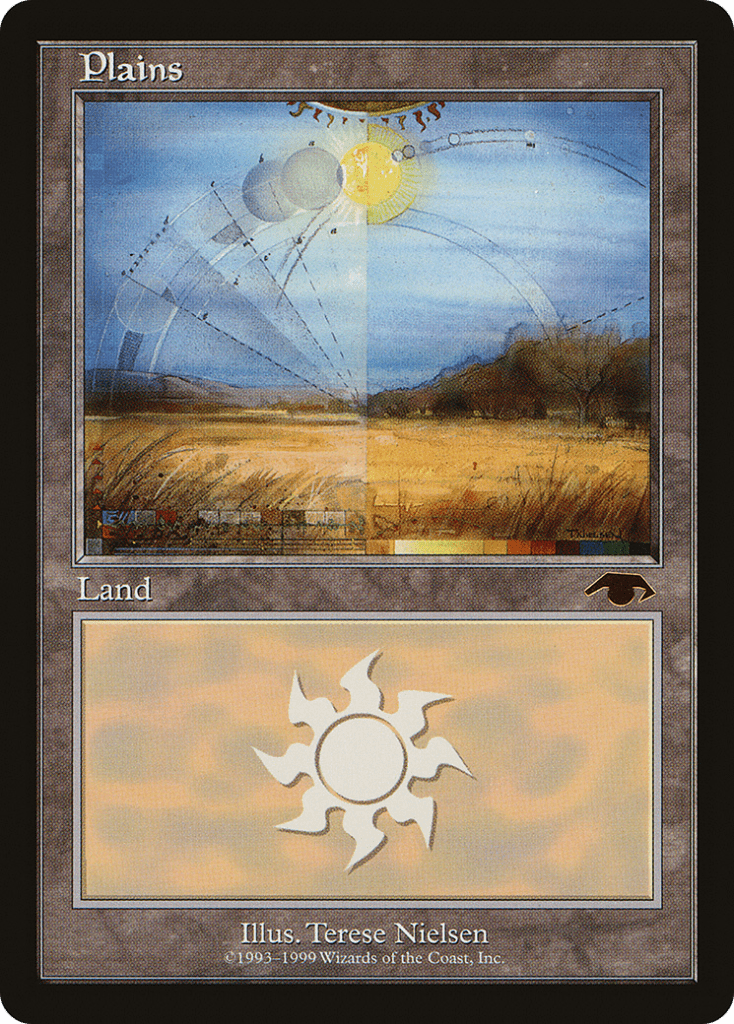
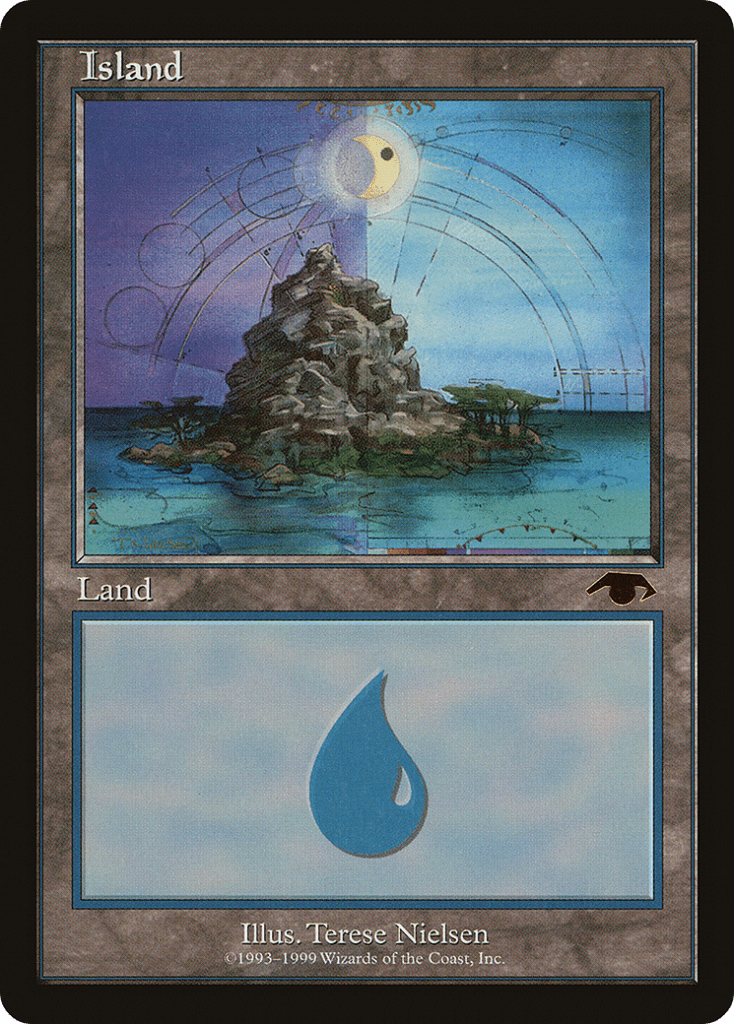
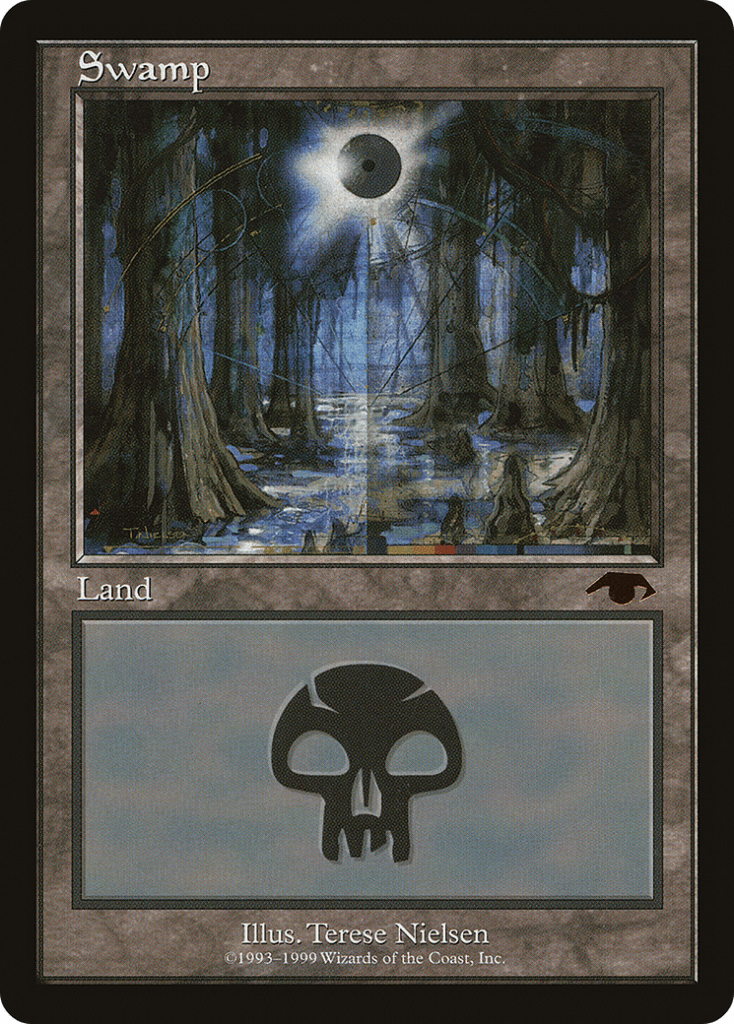
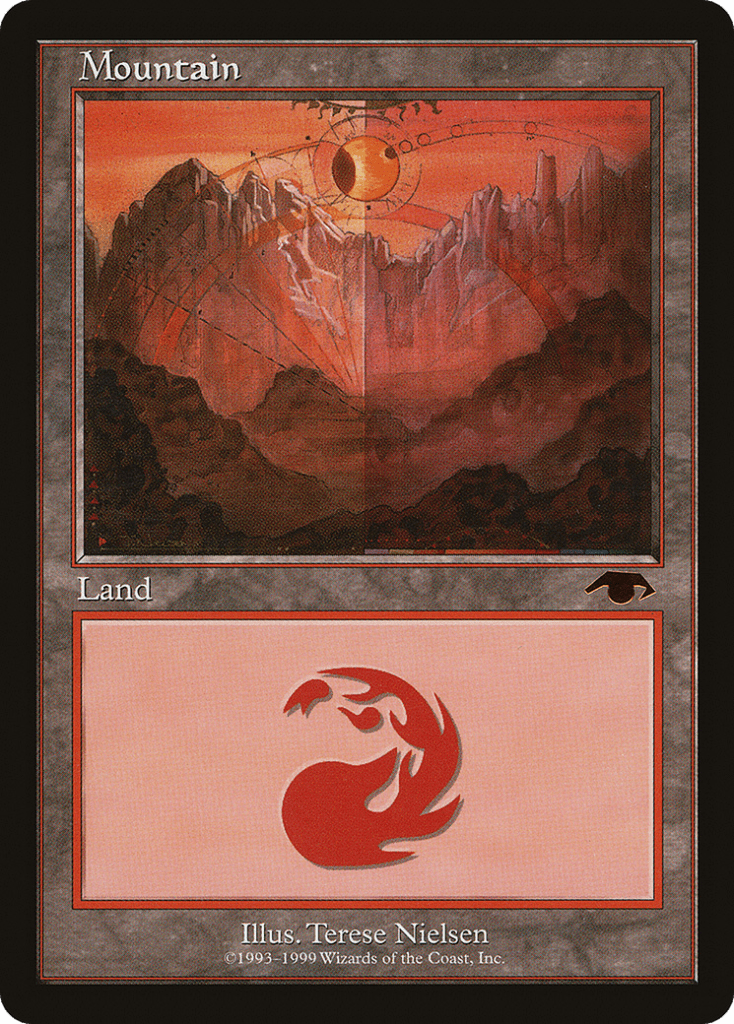
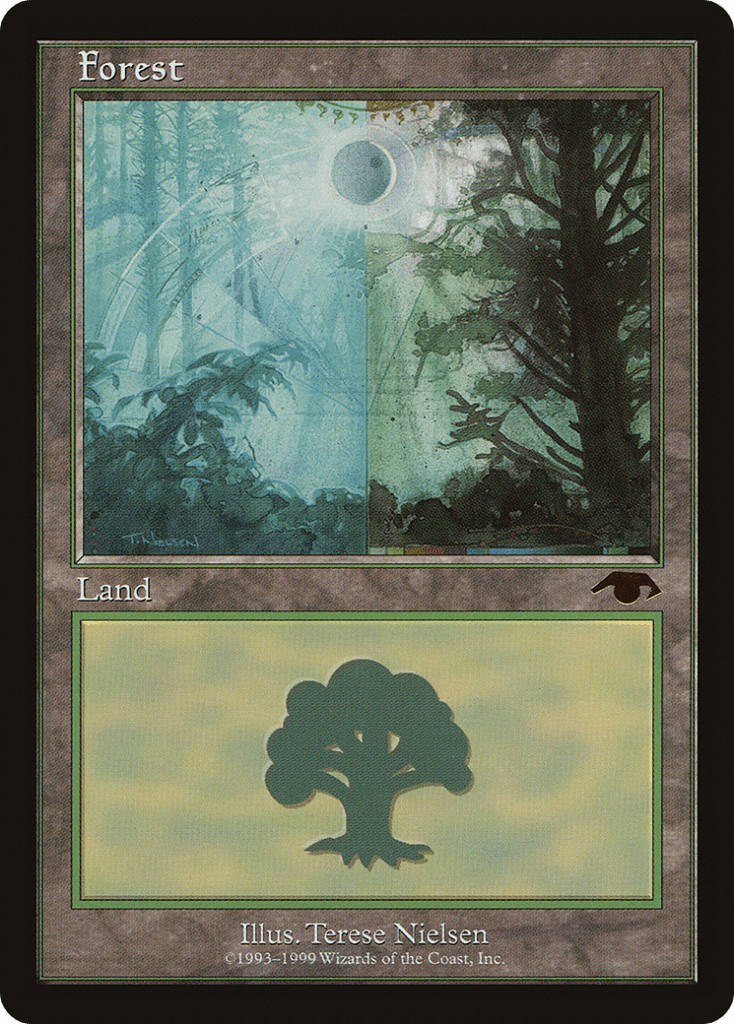
The most expensive basics you can purchase are the Guru Lands. The Guru lands were a set of basic lands handed out as promotional cards starting in 1999 and ending in 2001. The Guru program was a mentorship program designed to teach new players how to play Magic: The Gathering. A player could order a rulebook, two 12-card decks, a playmat and a rebate book, where they were then dubbed a “Guru.” Once assigned this respected moniker, they taught new players the ropes of the game, before filling out a postcard with that player's info and receiving five “Guru points” and an entry into a prize drawing.
From there, Gurus could spend their points on either promotional basic lands or packs from the most recent sets. The Guru basics were about 10 points a pop, the same as a pack of Mercadian Masques, Nemesis, Prophecy, Invasion or Planeshift. I can’t help but wonder if those players knew the value they were missing out on by buying a pack of cards over these gorgeous, gorgeous basic lands.
The Guru lands sit at the top of the price range for basics. A Near Mint Island alone is priced at $1000, and I’ve only ever seen played copies go up for sale. There's a huge jump in price to the next land, as the Forest Guru land only comes to around $630. What a steal!
Alternative to Buying Expensive Lands: Just Use Proxies Instead
I mean, we are just talking about basic lands here. Outside of a tournament setting, I don't think anyone is going to care if you use proxy basics. So why not go for making them as pimped out as humanly possible?

For example, on MTG Proxy you can get Guru lands for just a couple bucks each. You could have an entire playset for less than a couple hundred dollars vs. the same price for one “real” one!
Same goes for if you want to build a mono red deck with all Arabian Nights mountains — the site has those too.
Wrap Up

Plains | Illustration by Yeong Hao Han
There’s no better way to flex on your opponents than upgrading the basics in your deck. Sitting down with that $1000 Modern deck just gets better when your opponent realizes you’re playing with hundreds of dollars in just basic lands.
Many of these special basics were hard to come by at their release, so it’s no surprise that they’ve appreciated significantly in value ever since. Some of them could even be considered solid investments for the future, as we know the value of our Hasbro-produced cardboard will only ever increase.
What are your favorite basic lands? Have you ever seen an Arabian Nights Mountain? Is it valor-stealing to use a judge promo in my deck, despite never judging a game of Magic in my life? Let me know in the comments, or over on Draftsim’s Twitter/X.
Thanks for reading, happy collecting!
Note: this post contains affiliate links. If you use these links to make a purchase, you’ll help Draftsim continue to provide awesome free articles and apps.
Follow Draftsim for awesome articles and set updates:


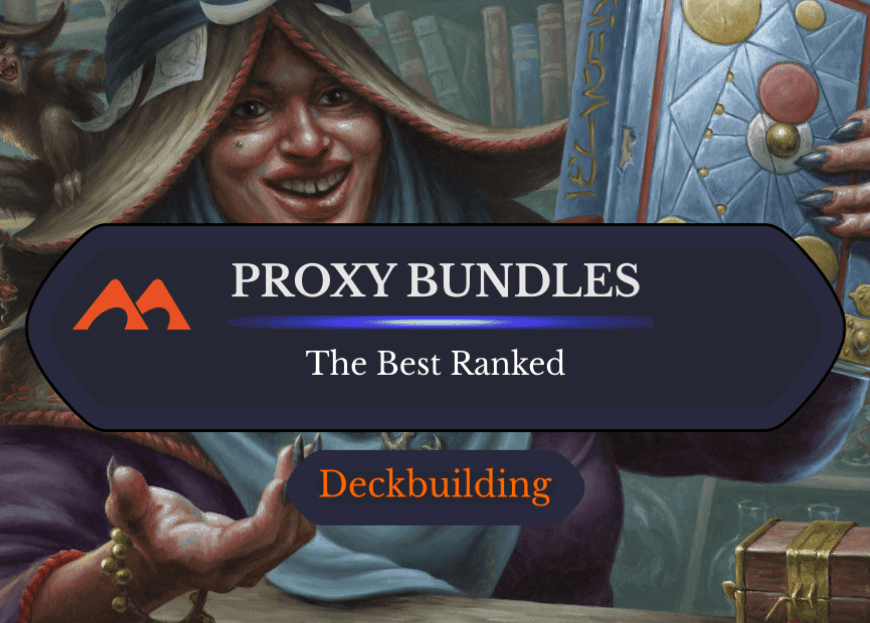
3 Comments
Summer magic islands for $1? I don’t think so.
Here you go: https://www.tcgplayer.com/product/211774/magic-summer-magic-island-a?&utm_campaign=affiliate&utm_medium=Draftsim&utm_source=Draftsim?Language=English
Legit or not, who knows…
I was in the guru program while in college. I still have my swamp and forest lands from my rewards. I just wish I could remember my ID number.
Add Comment